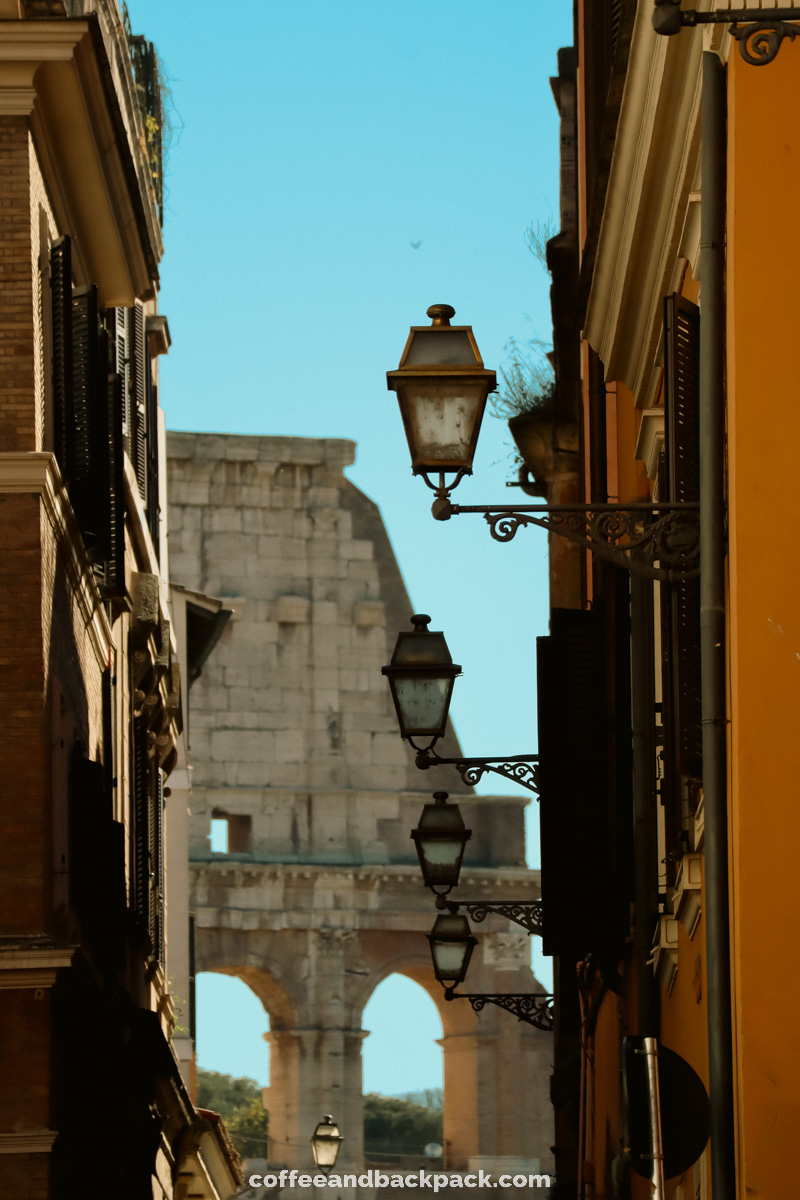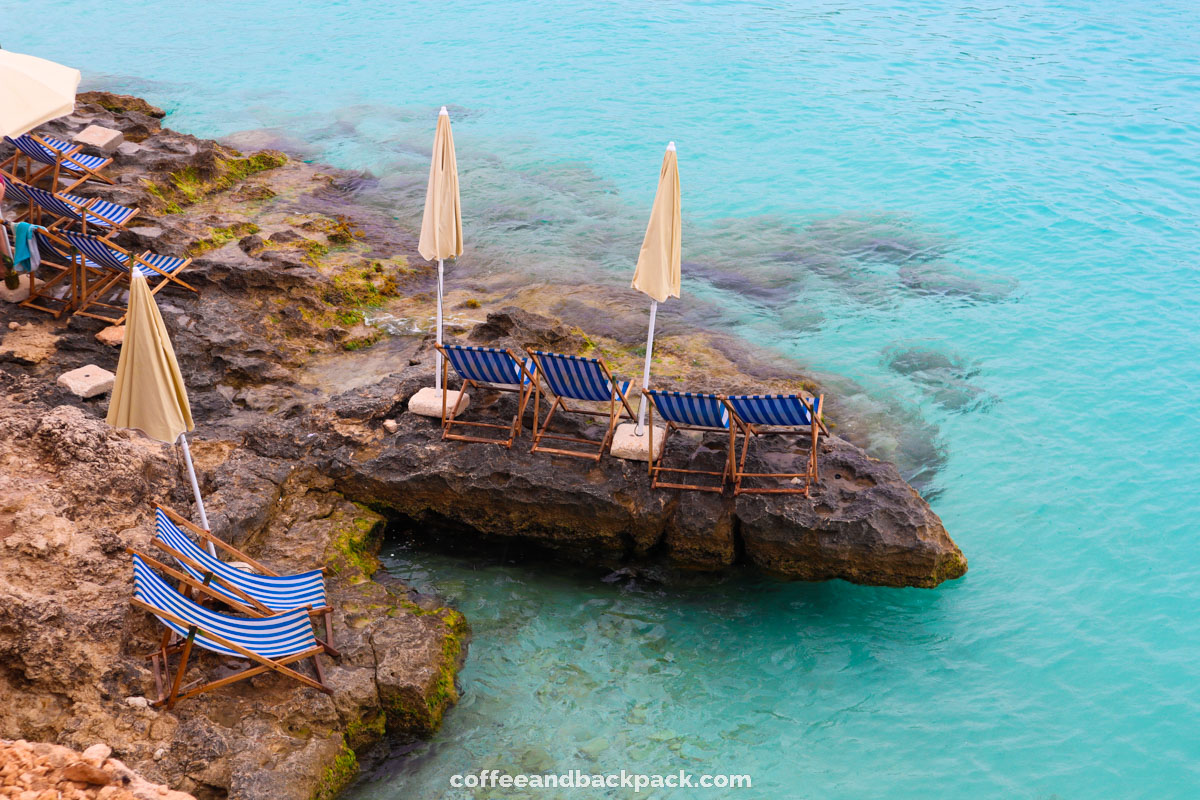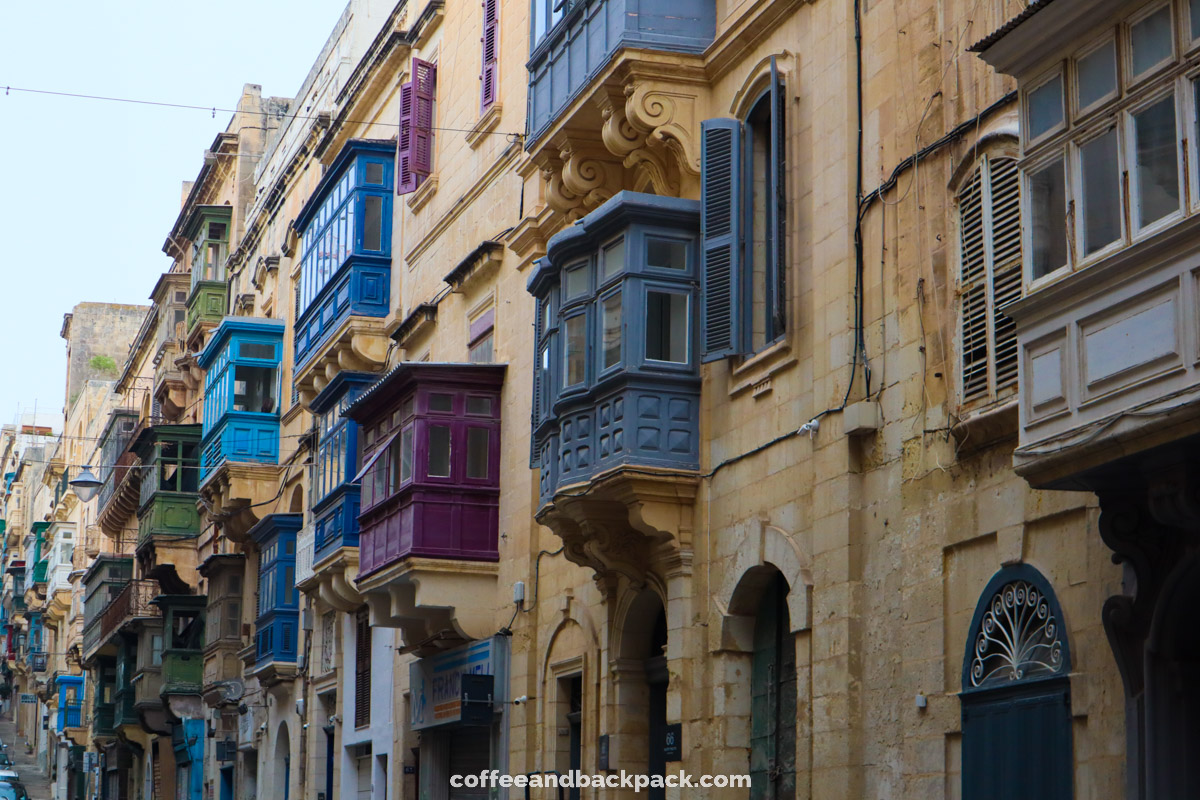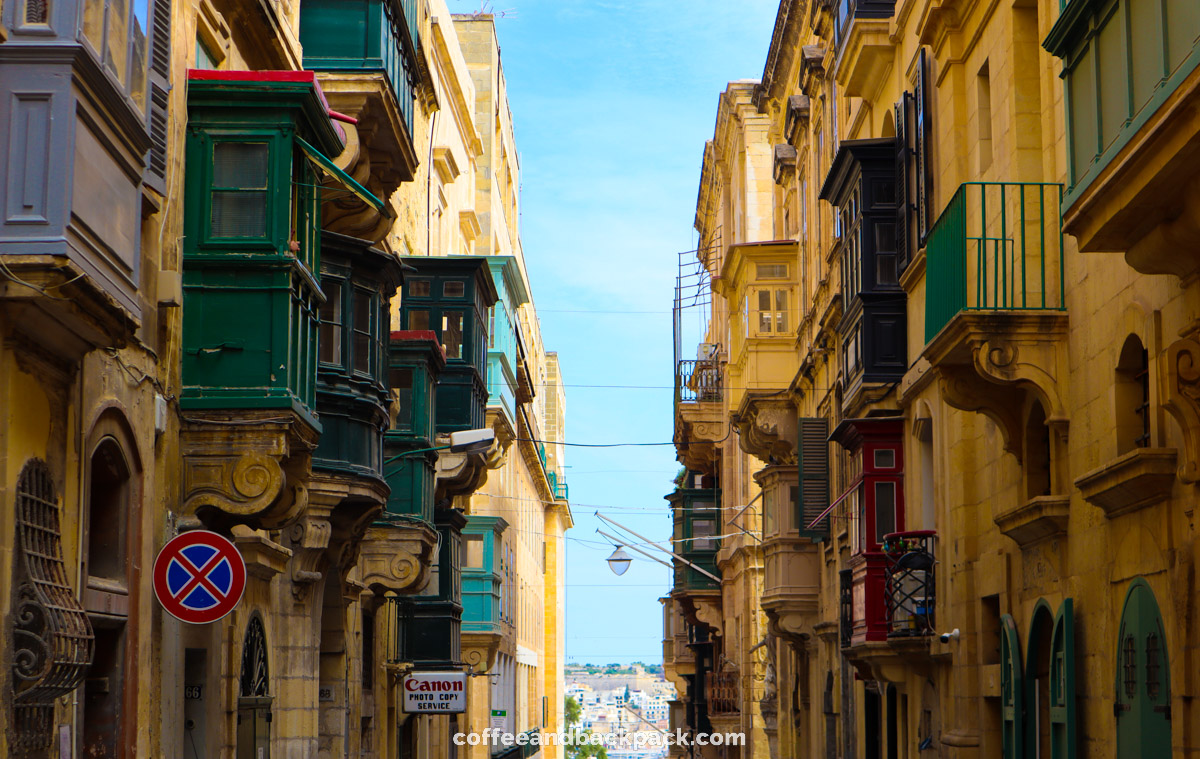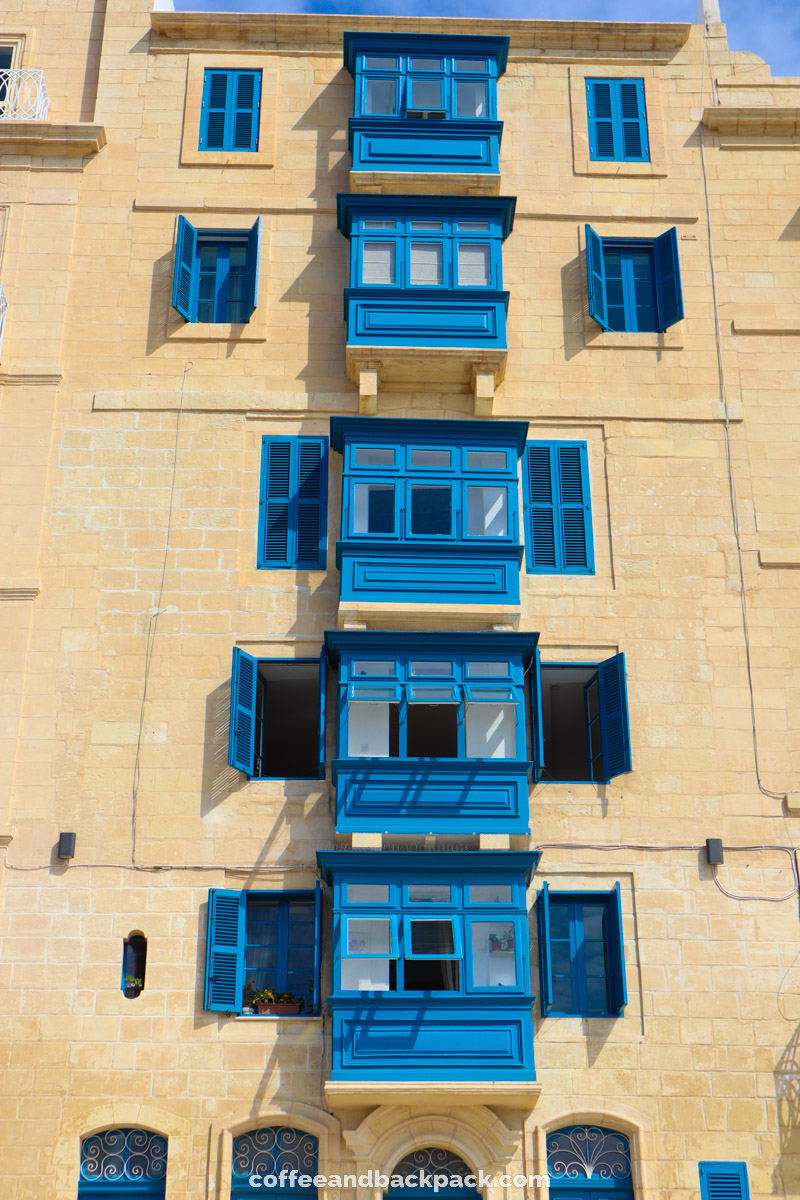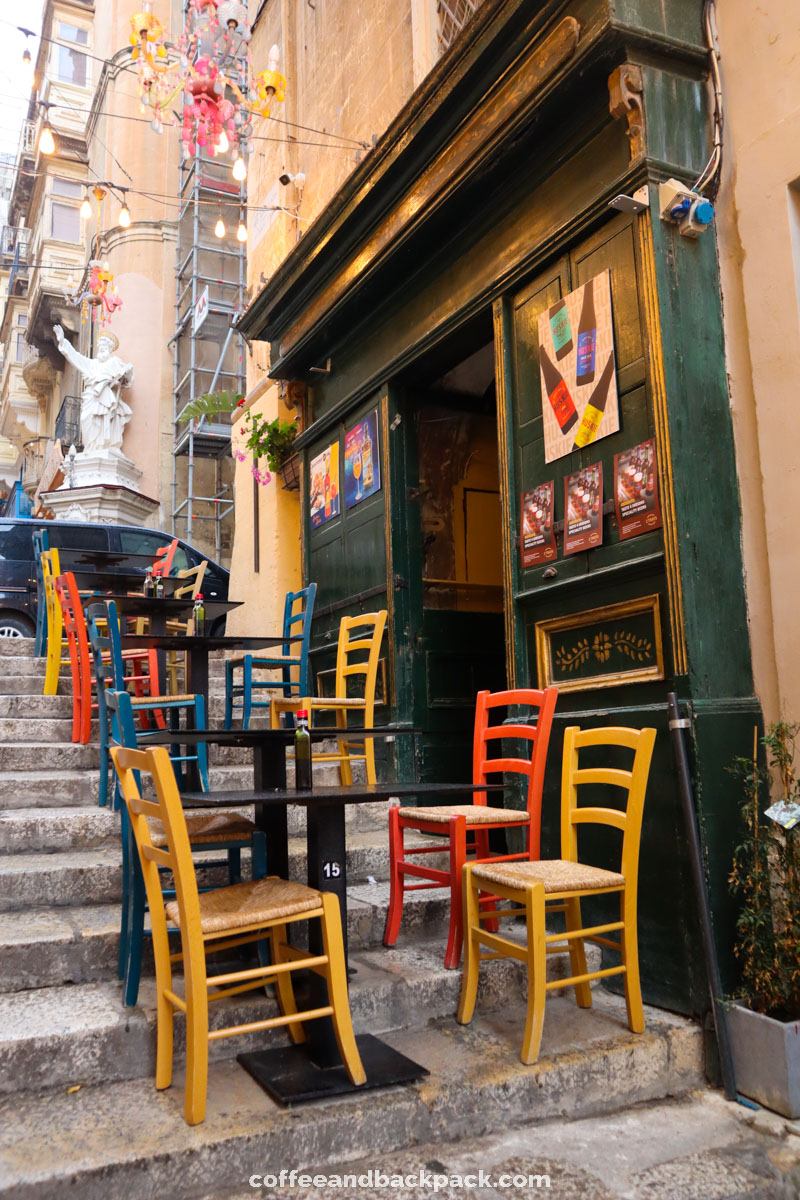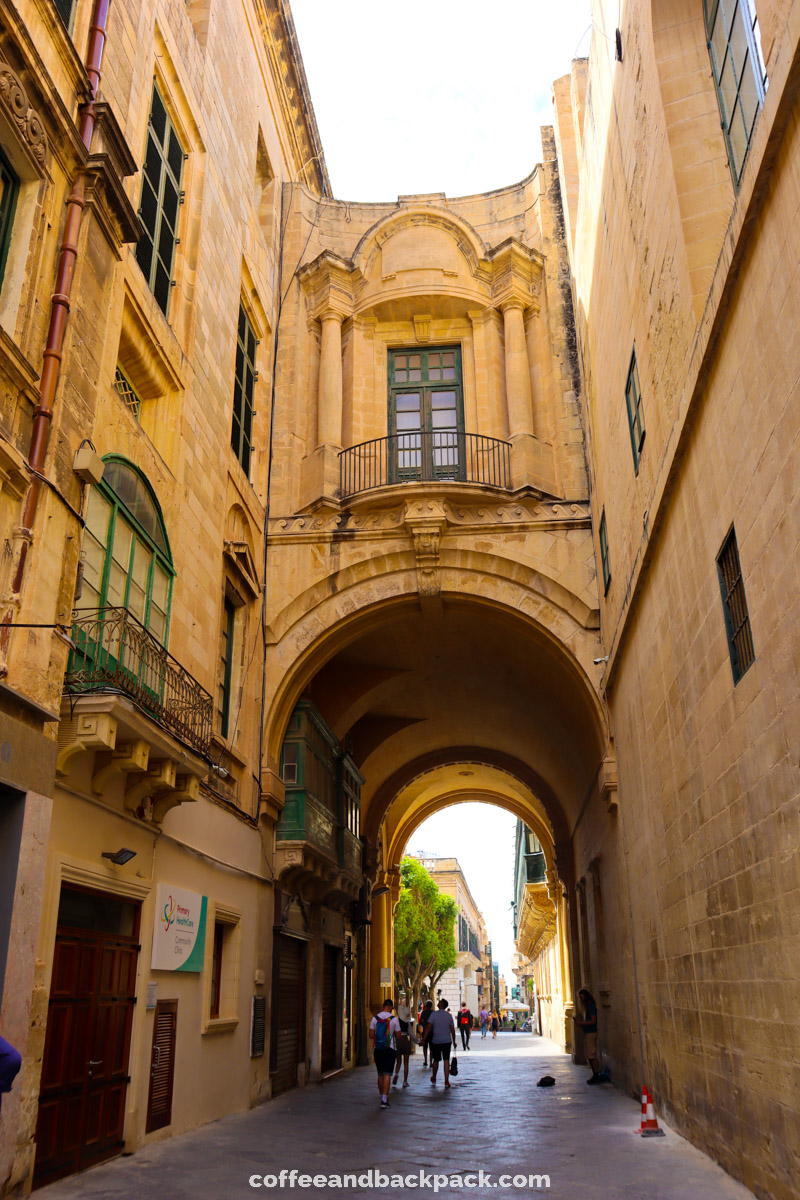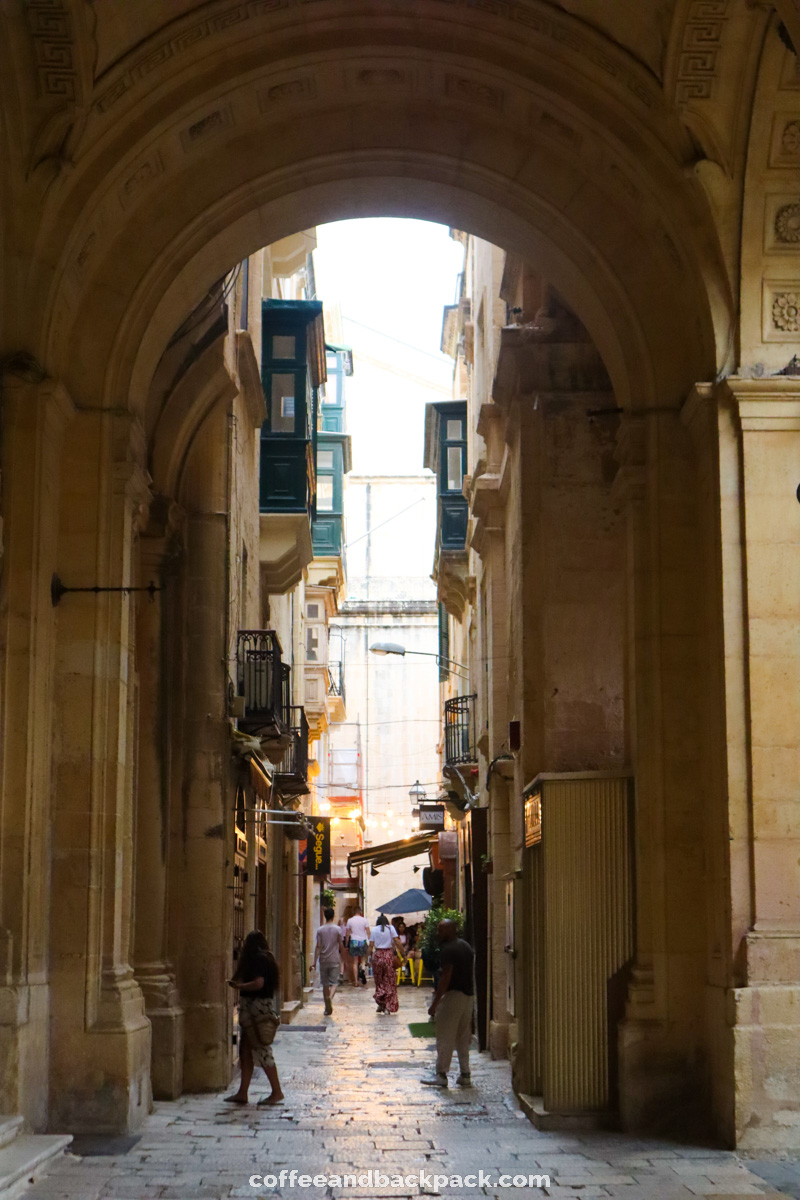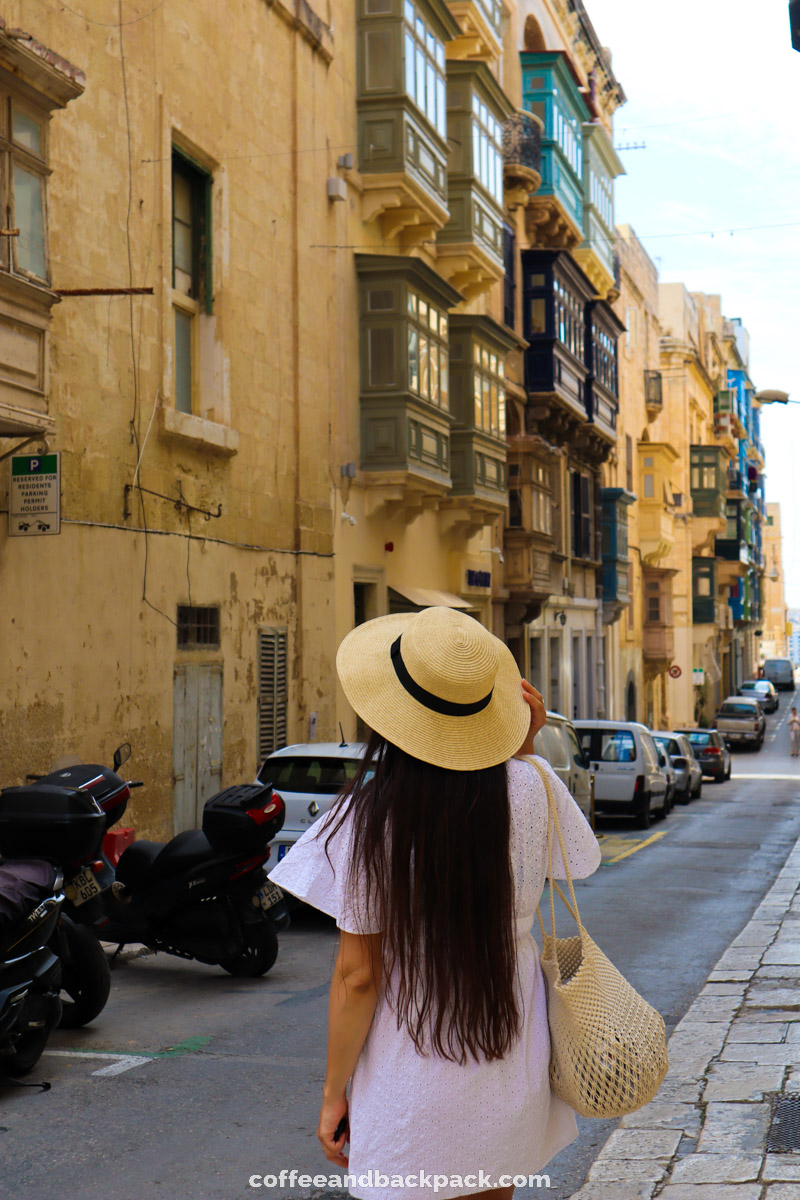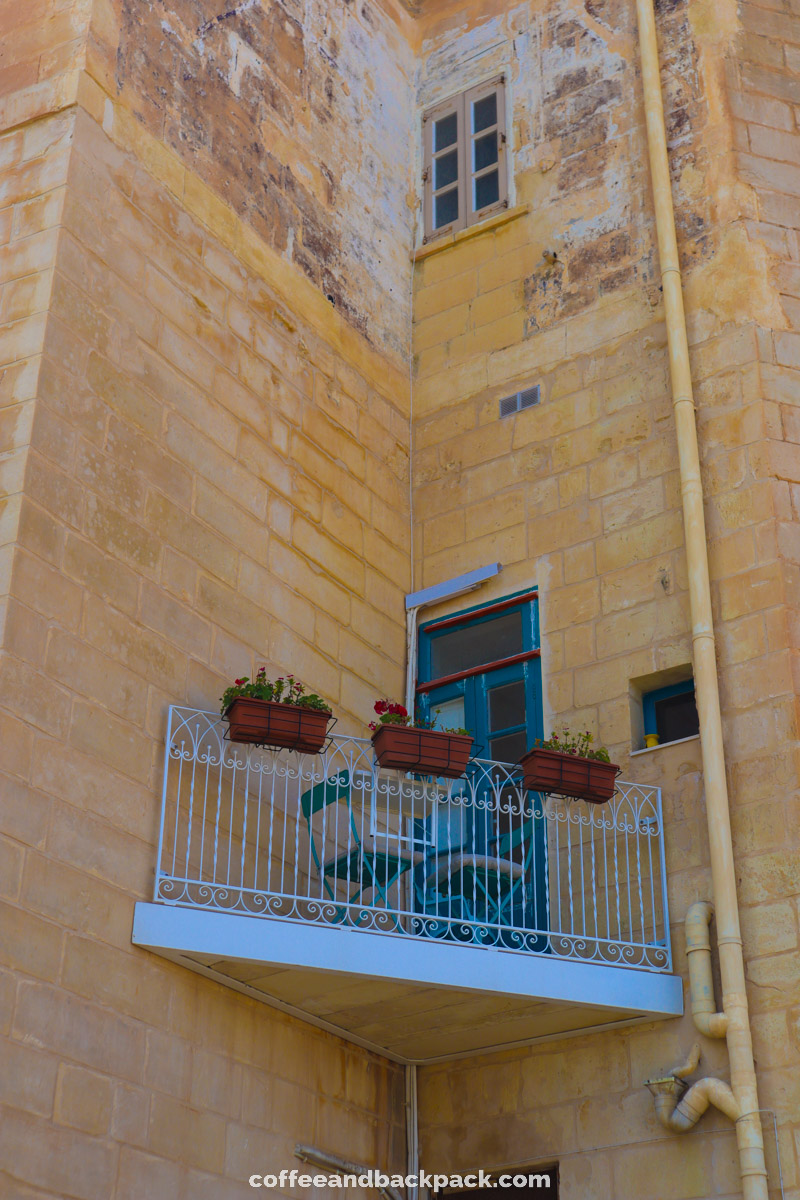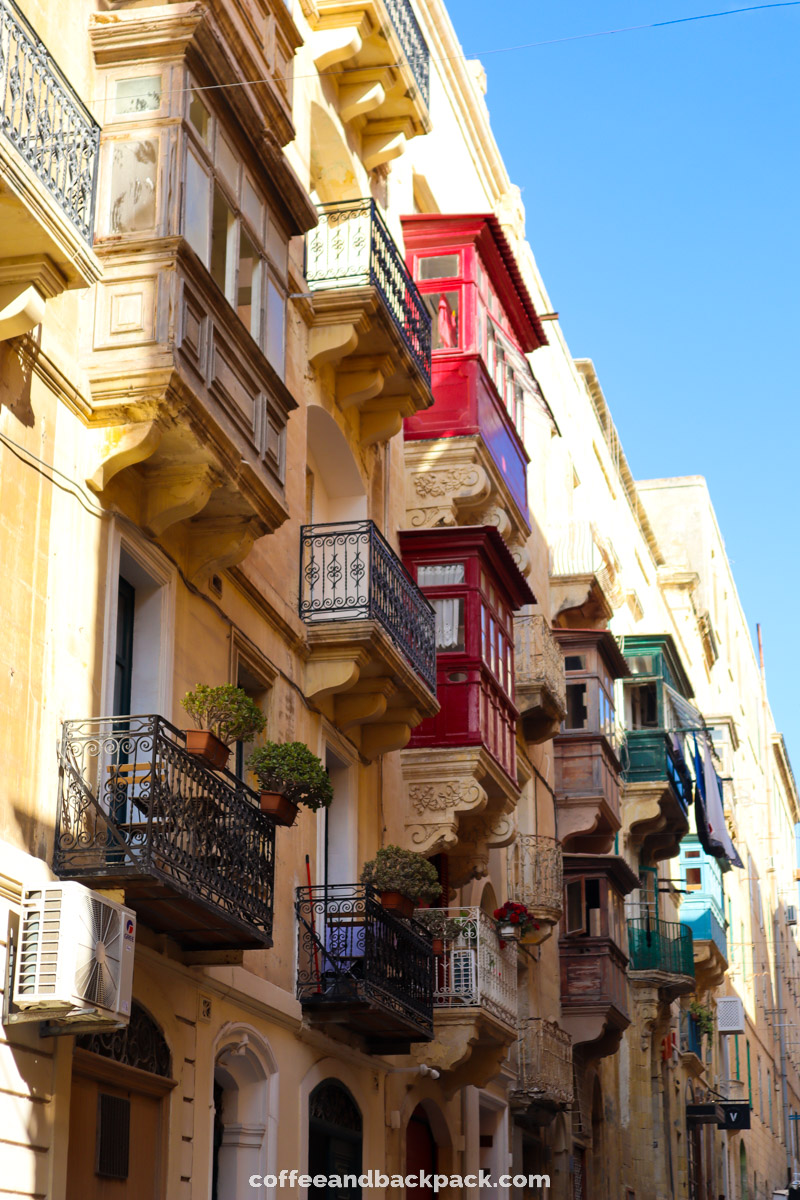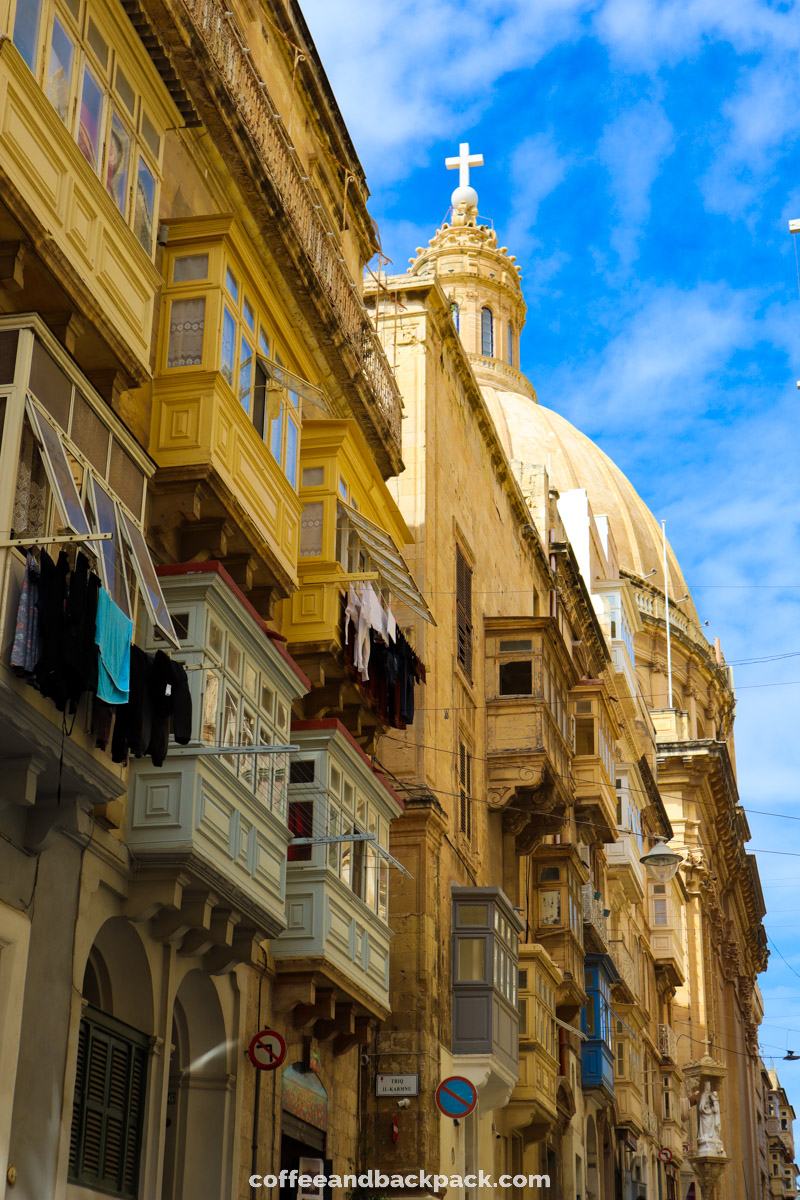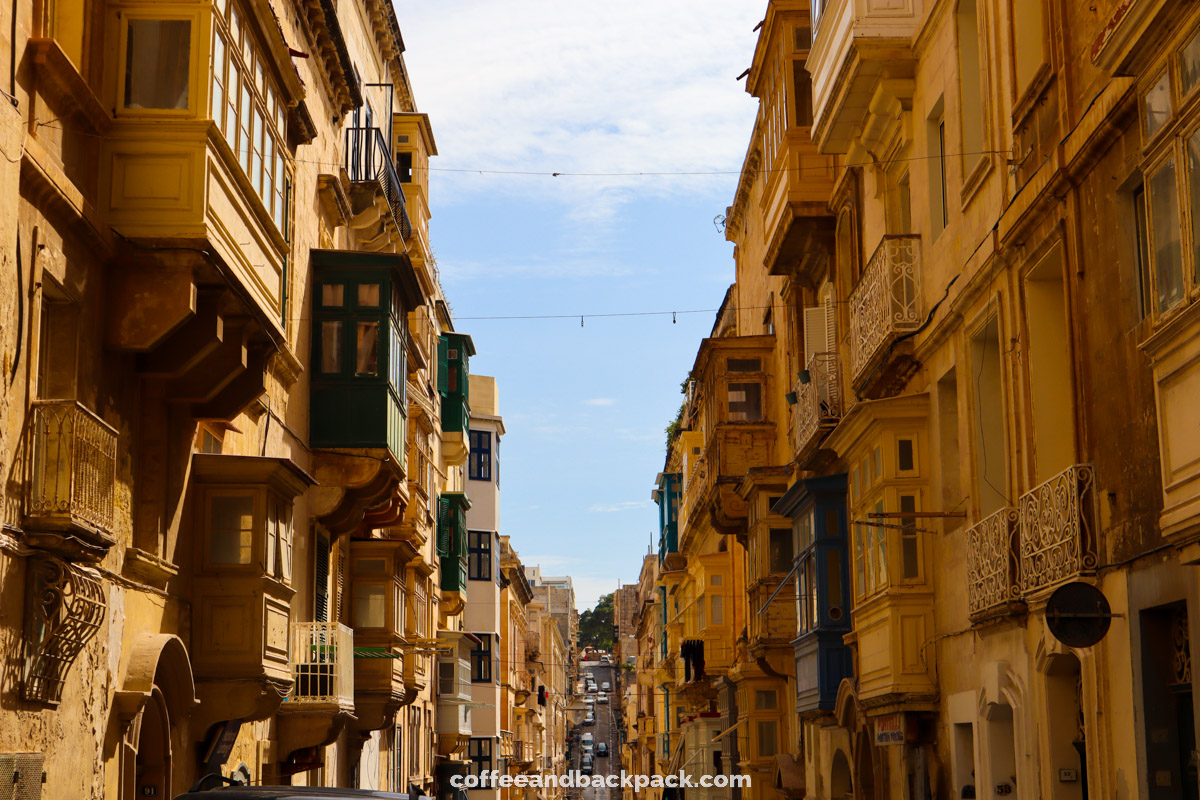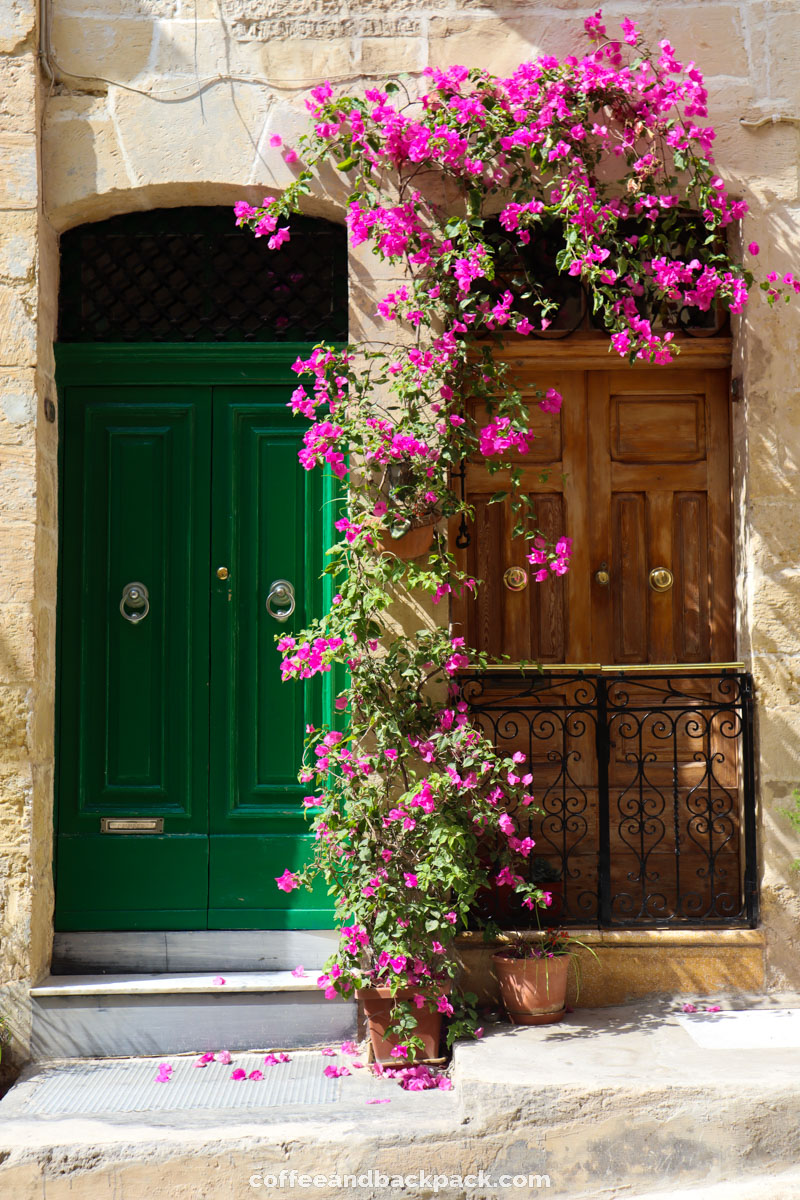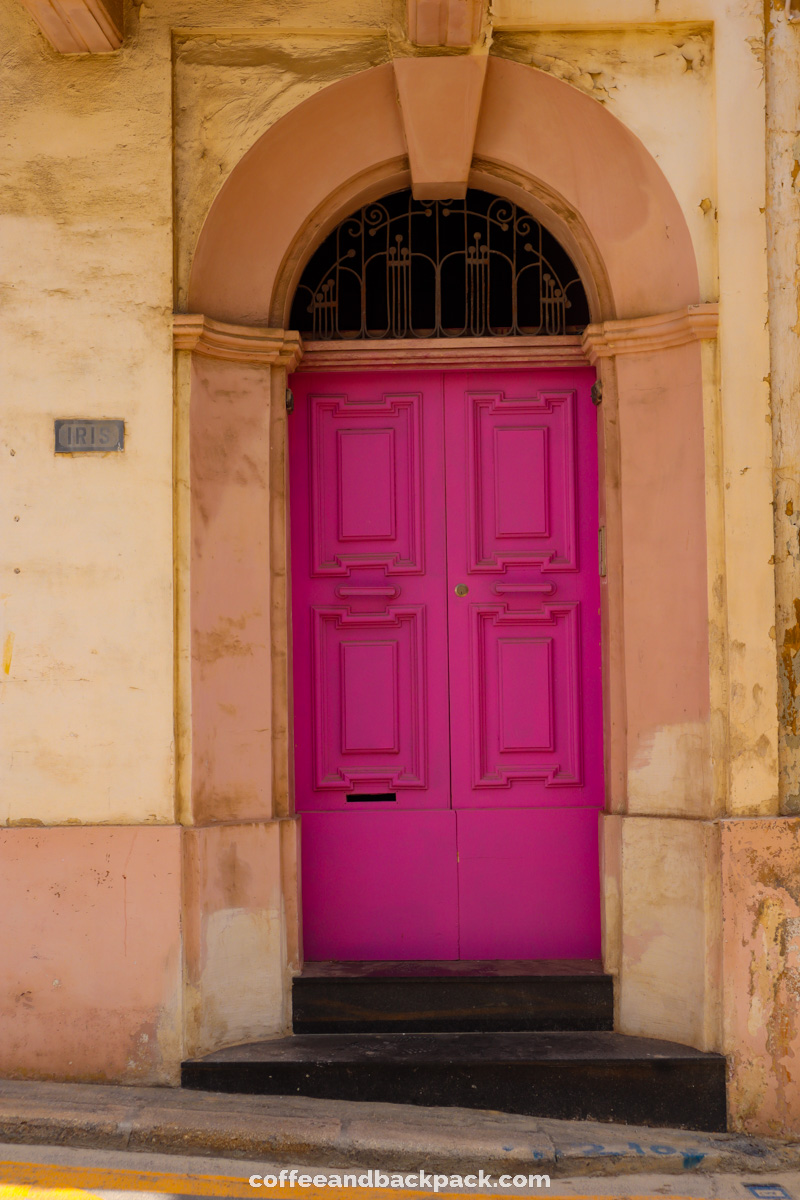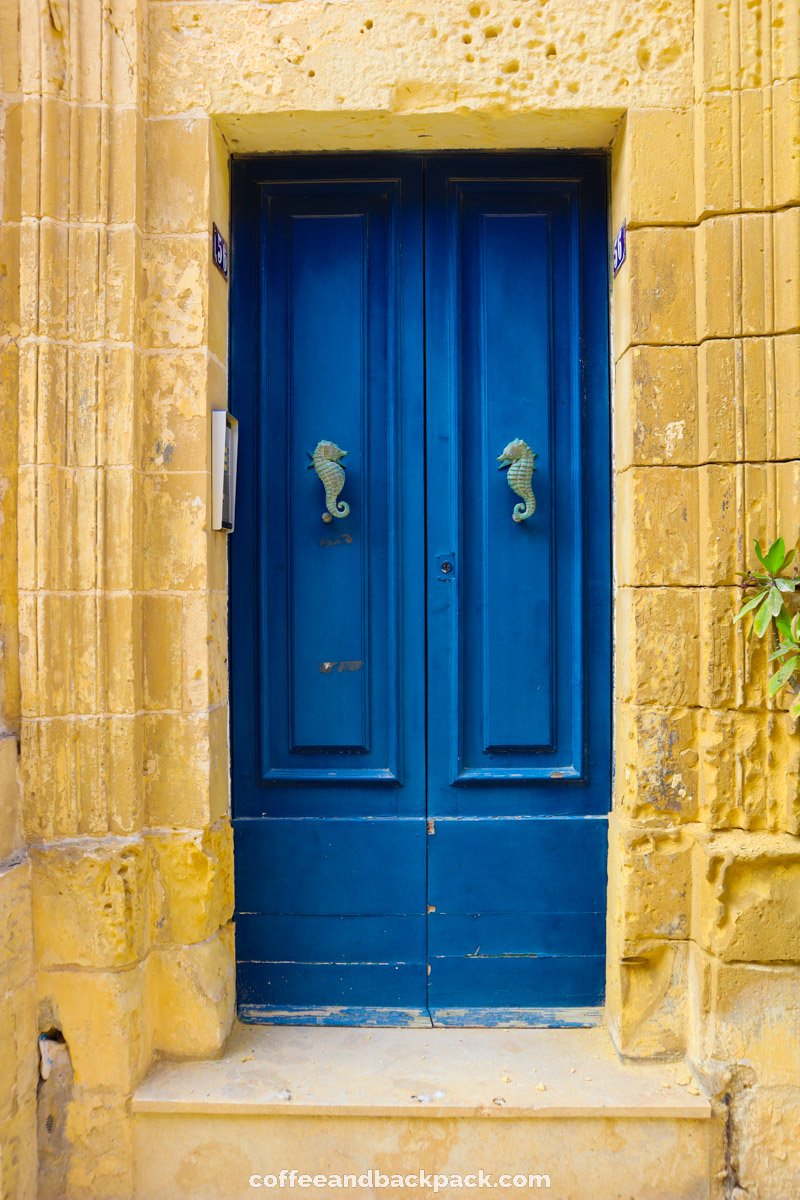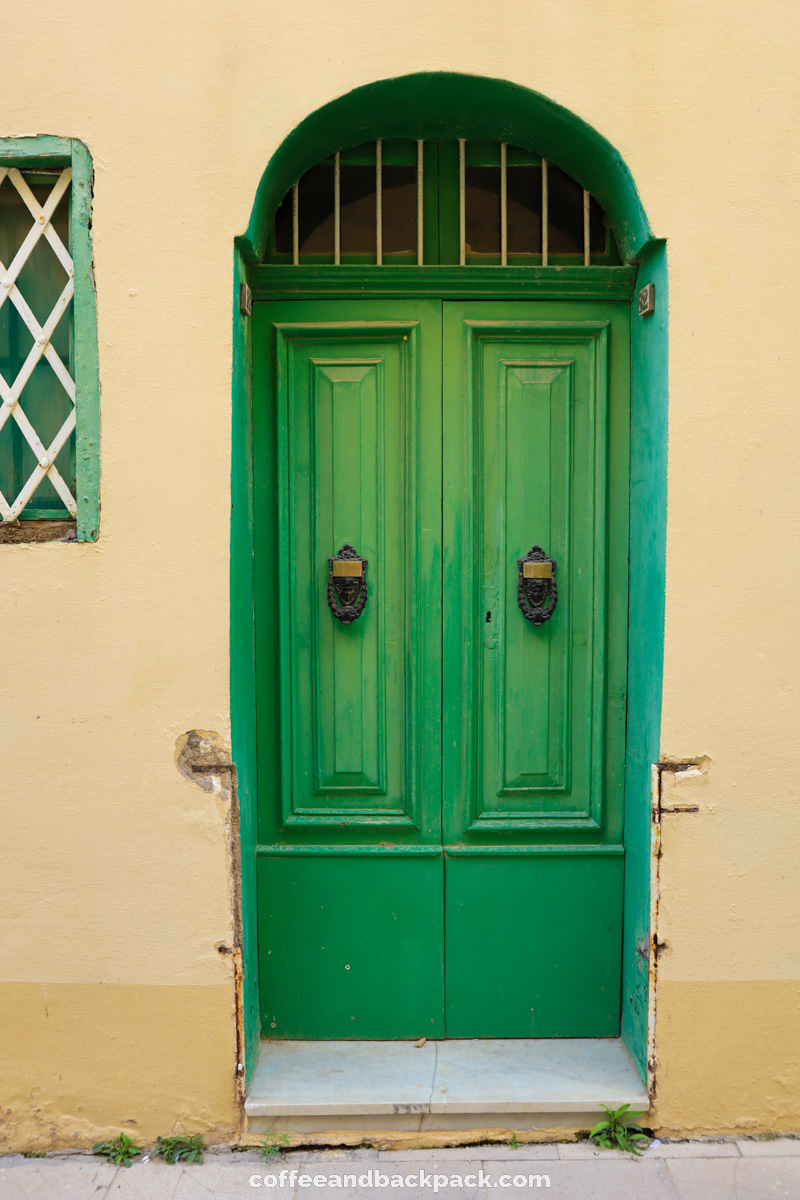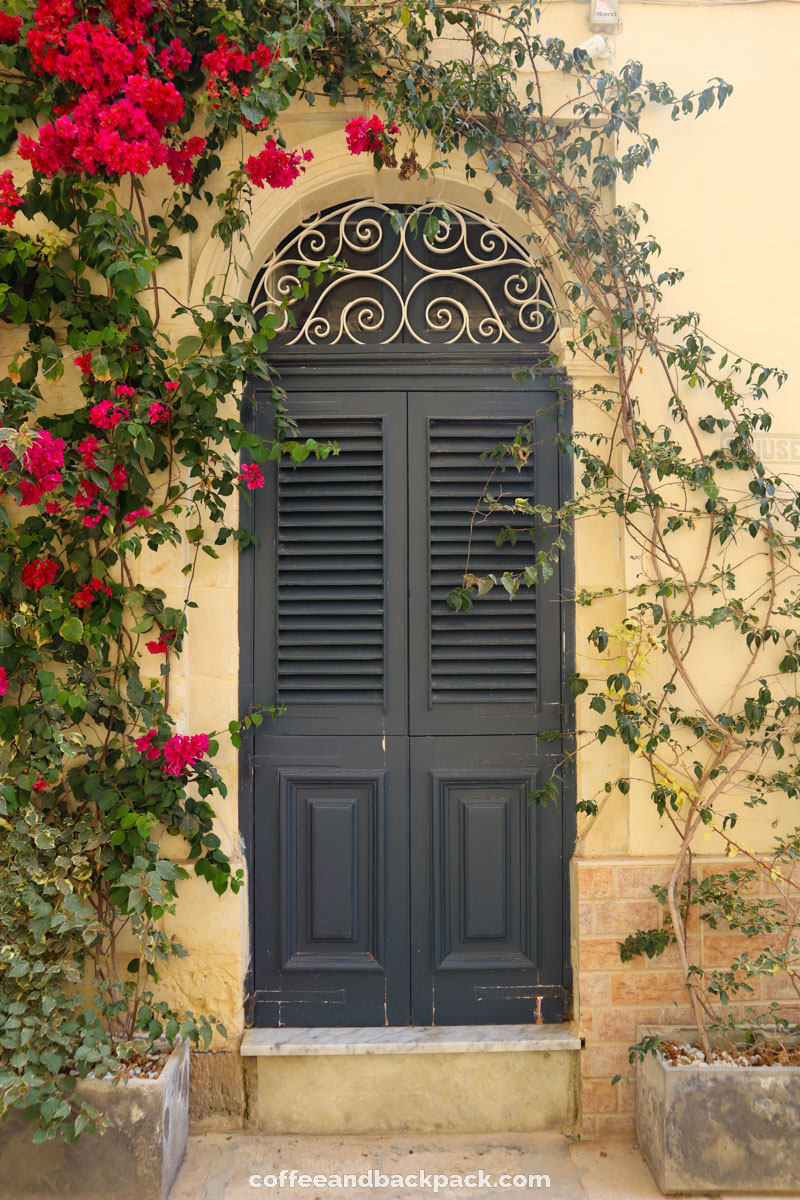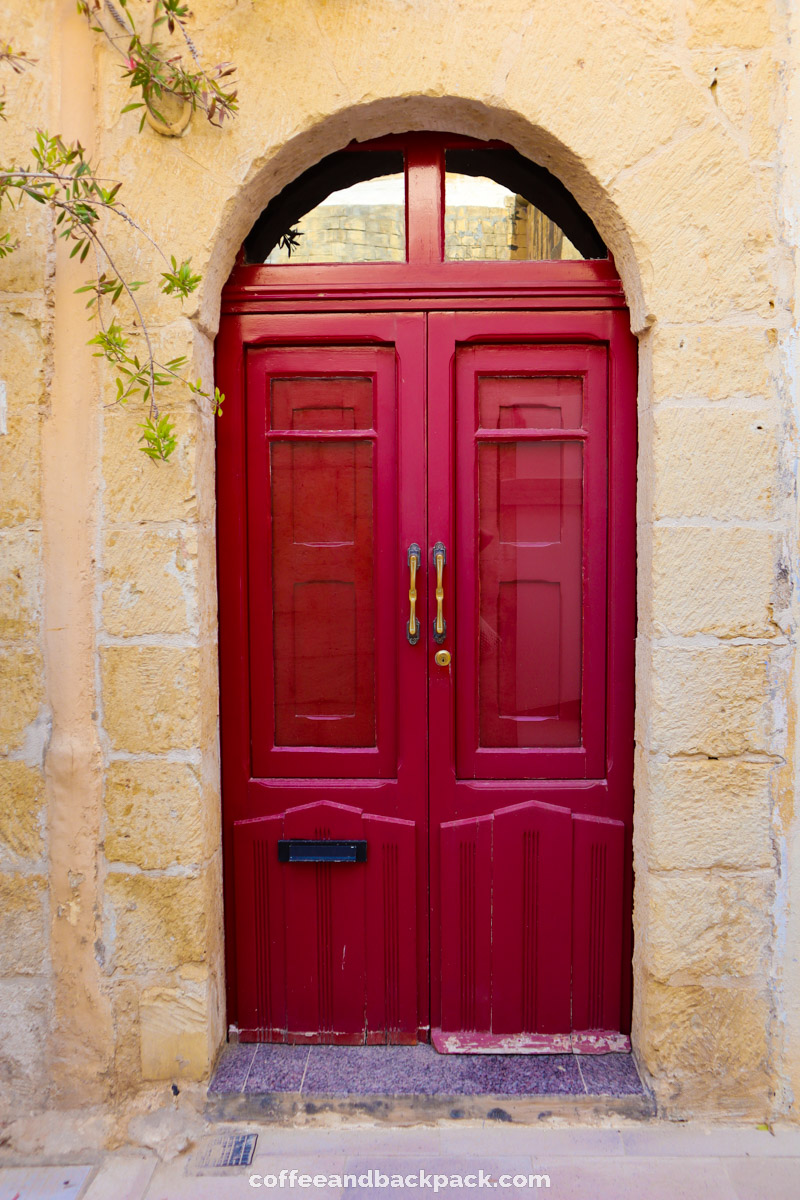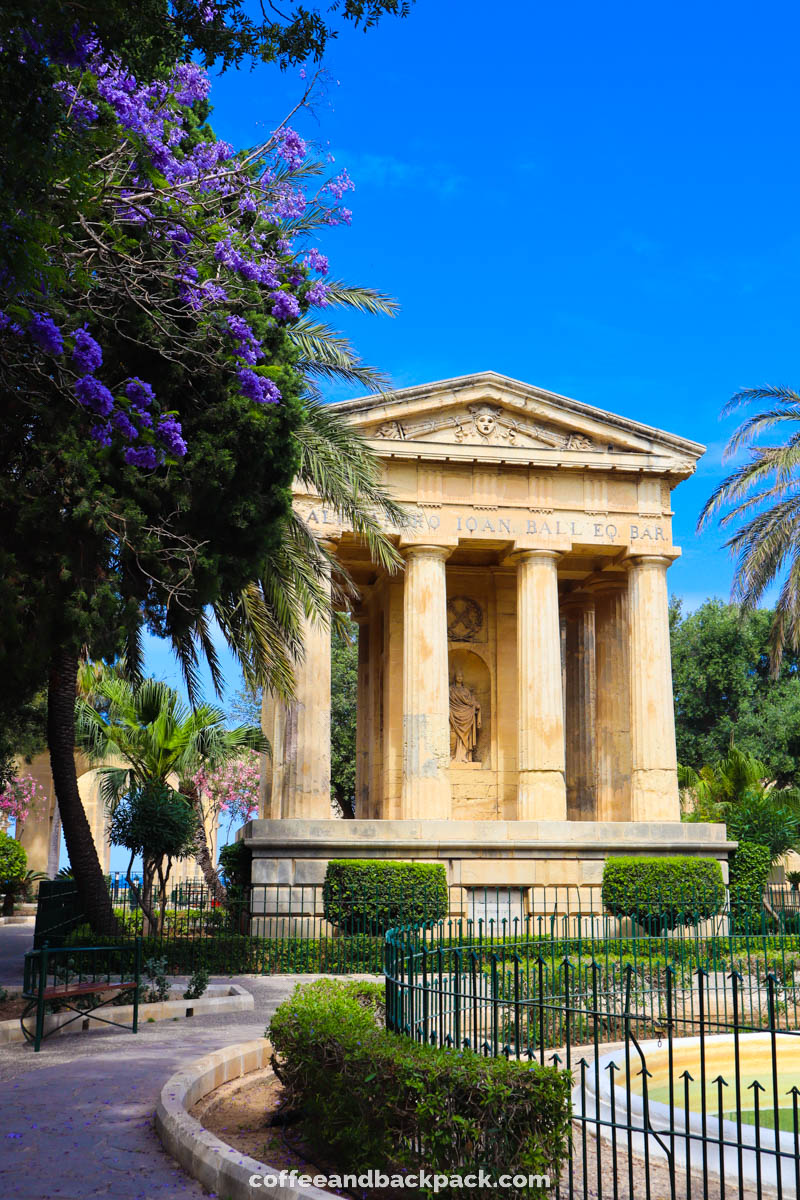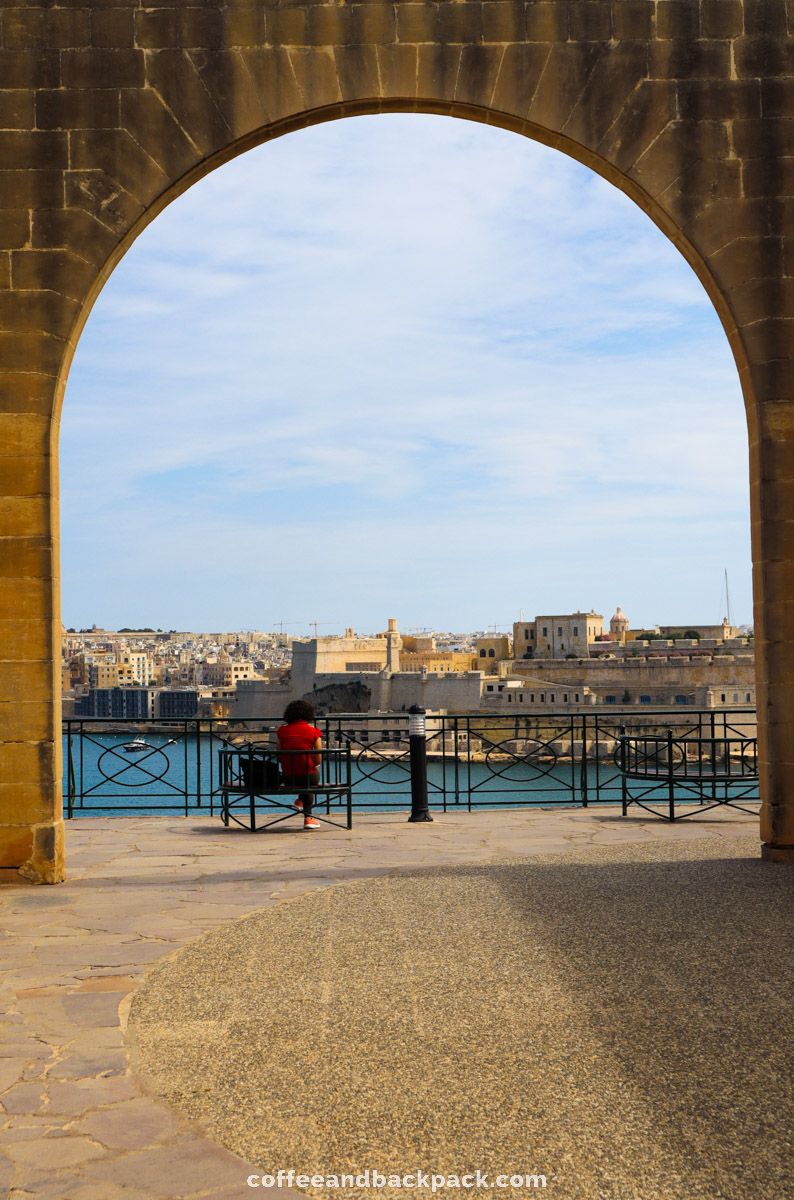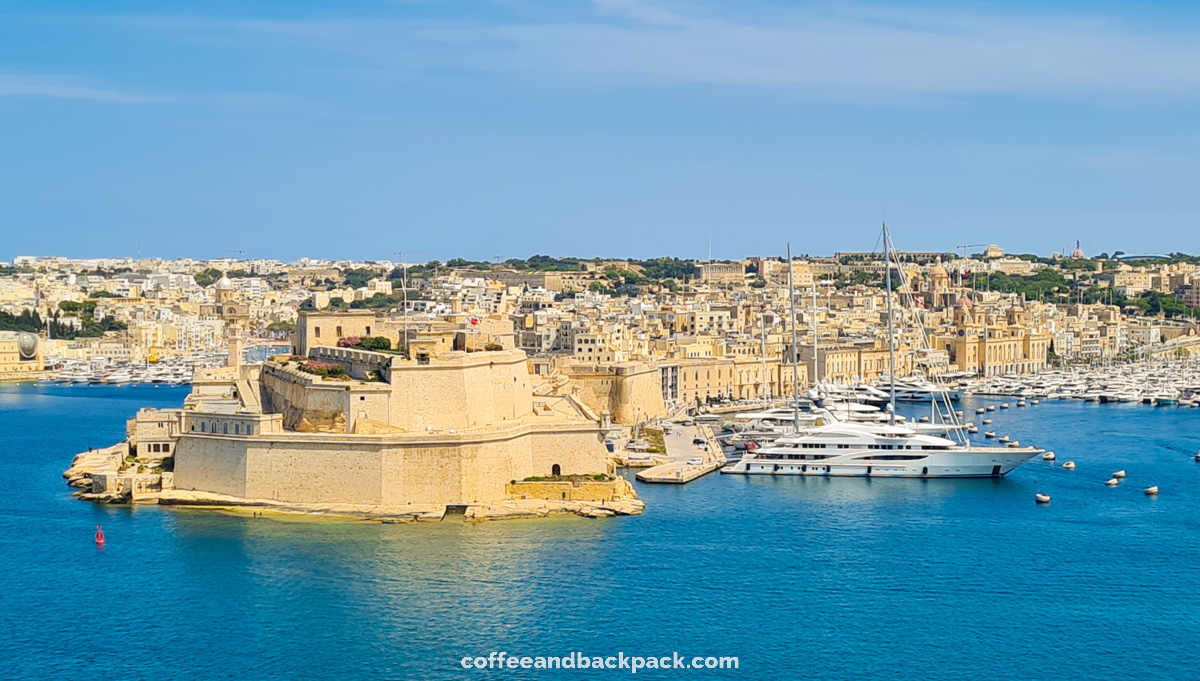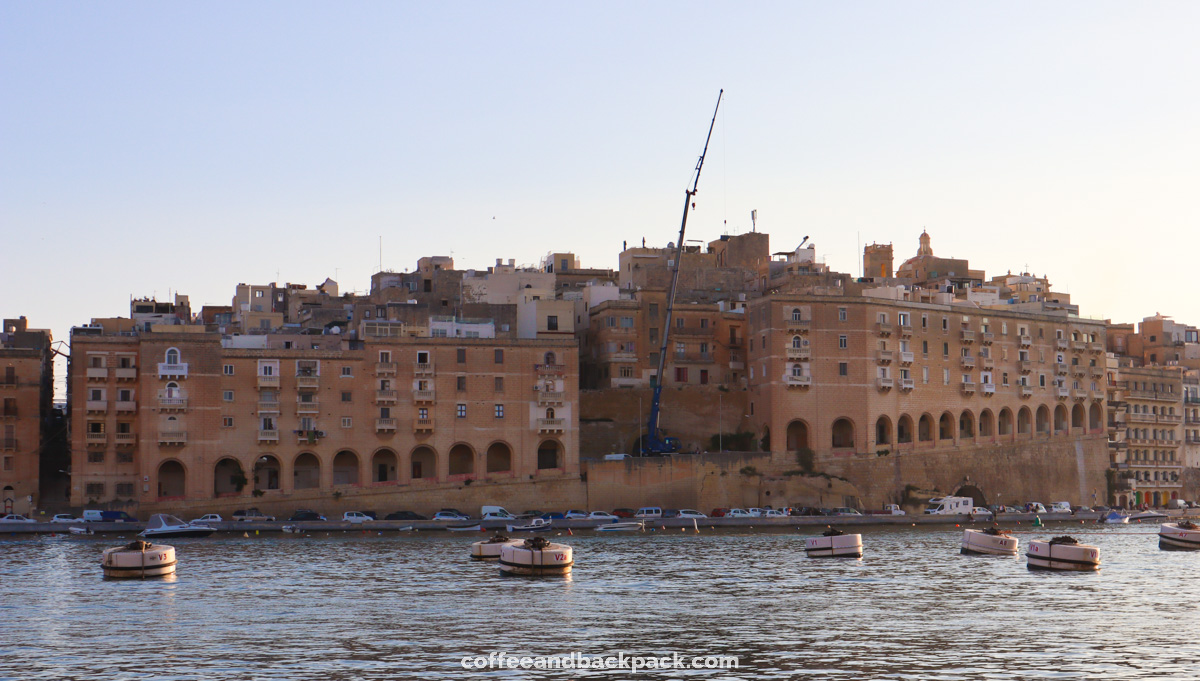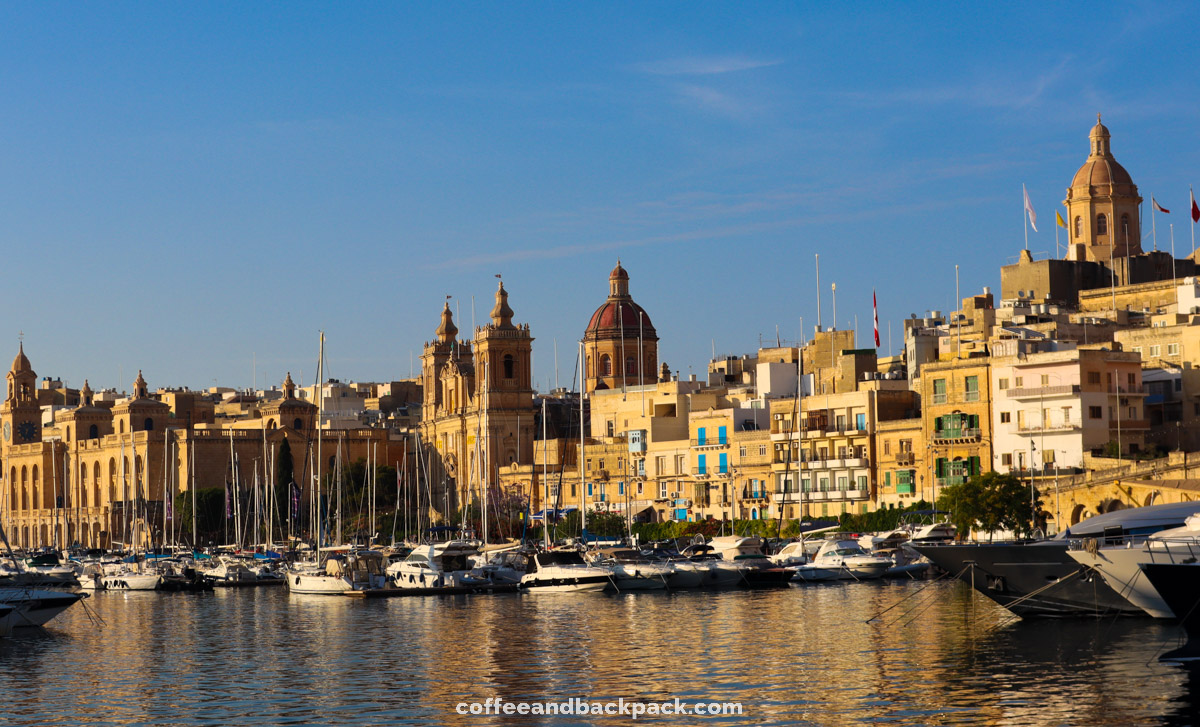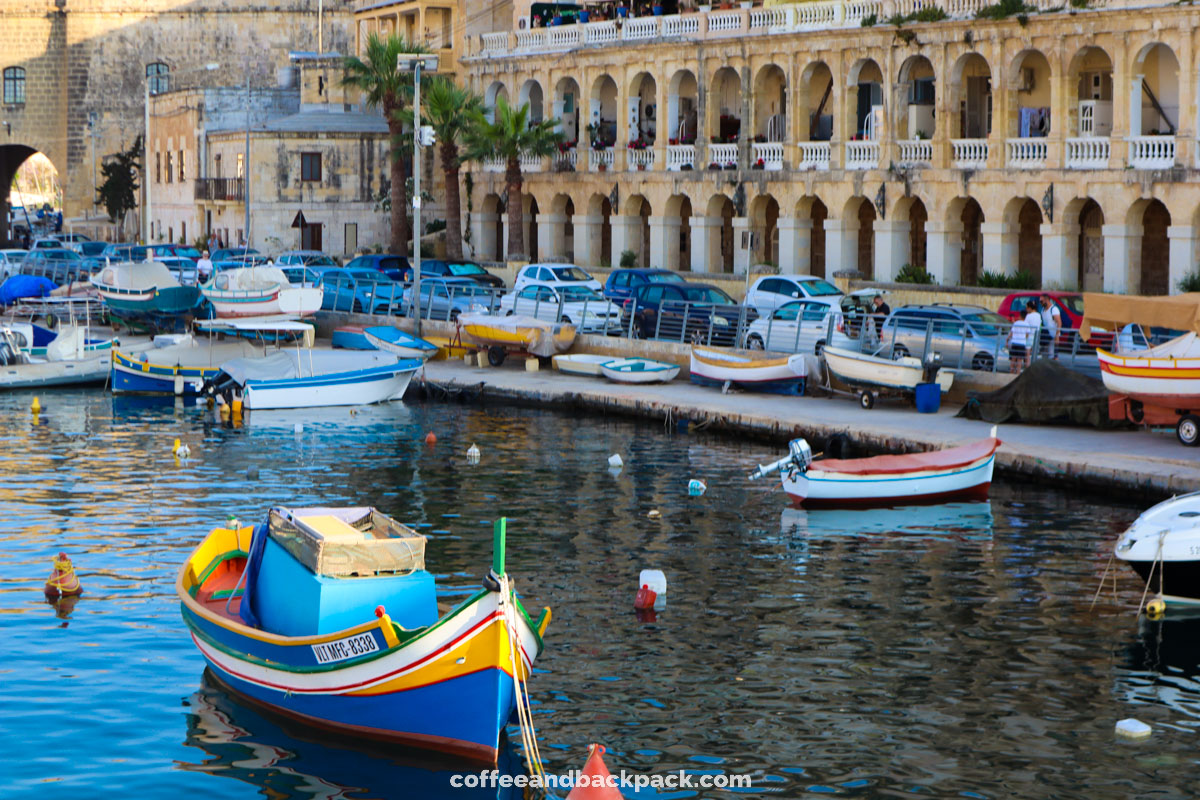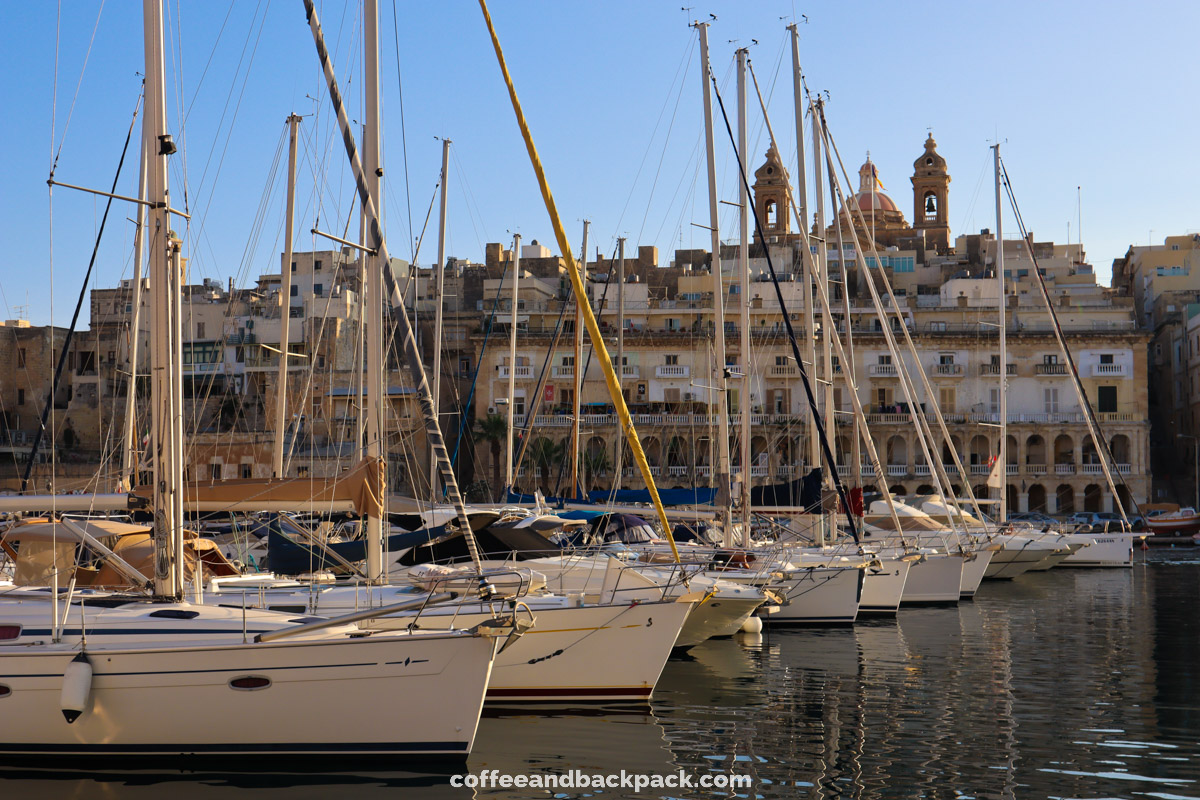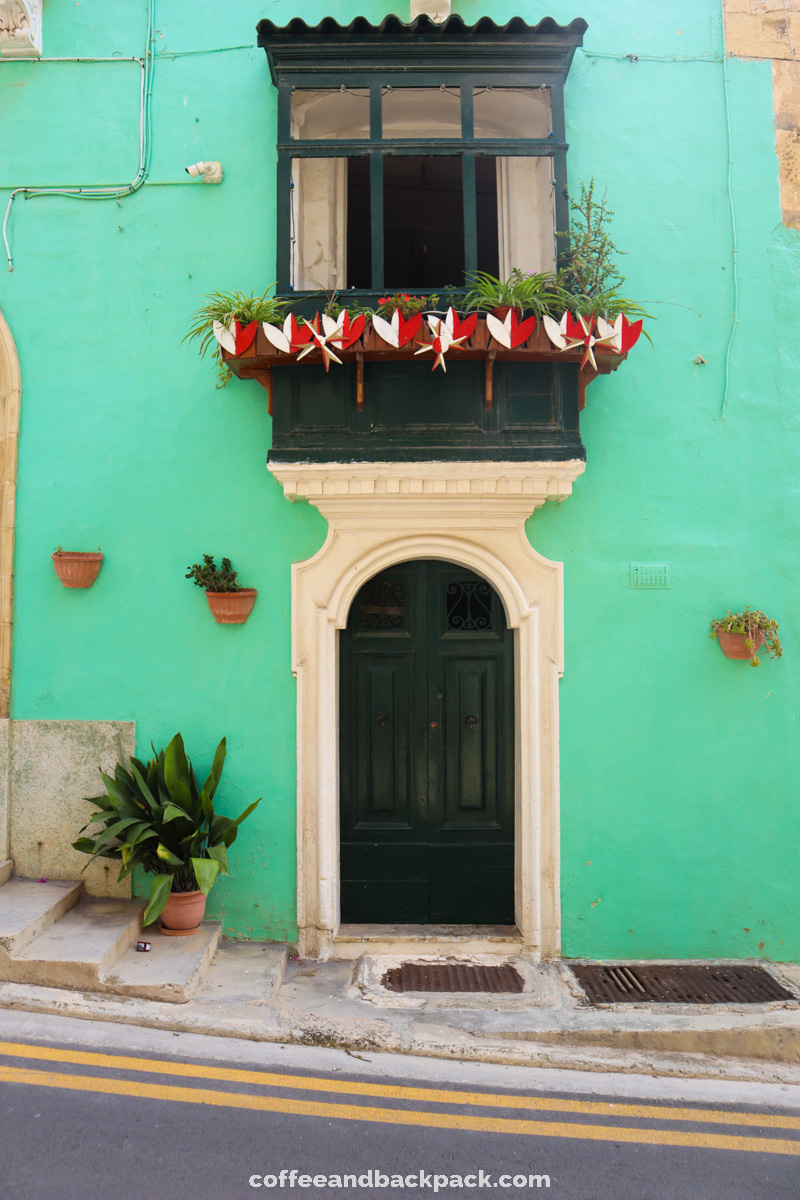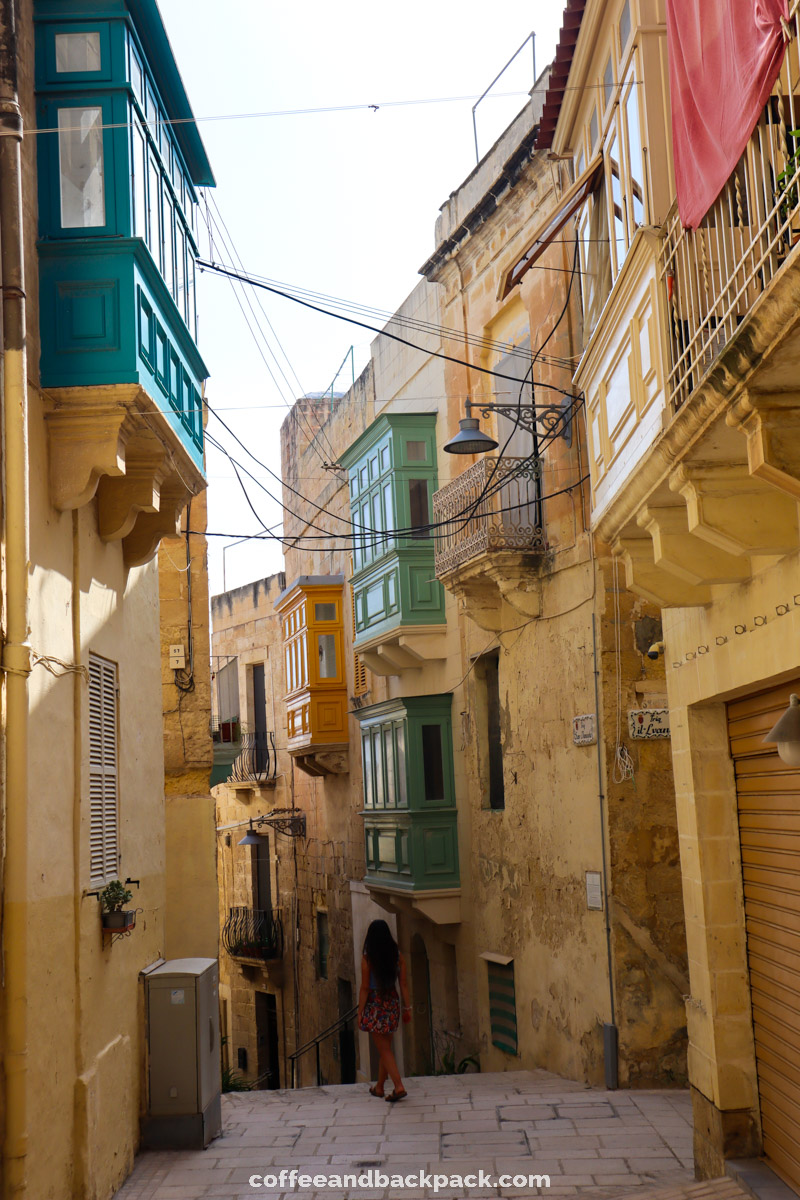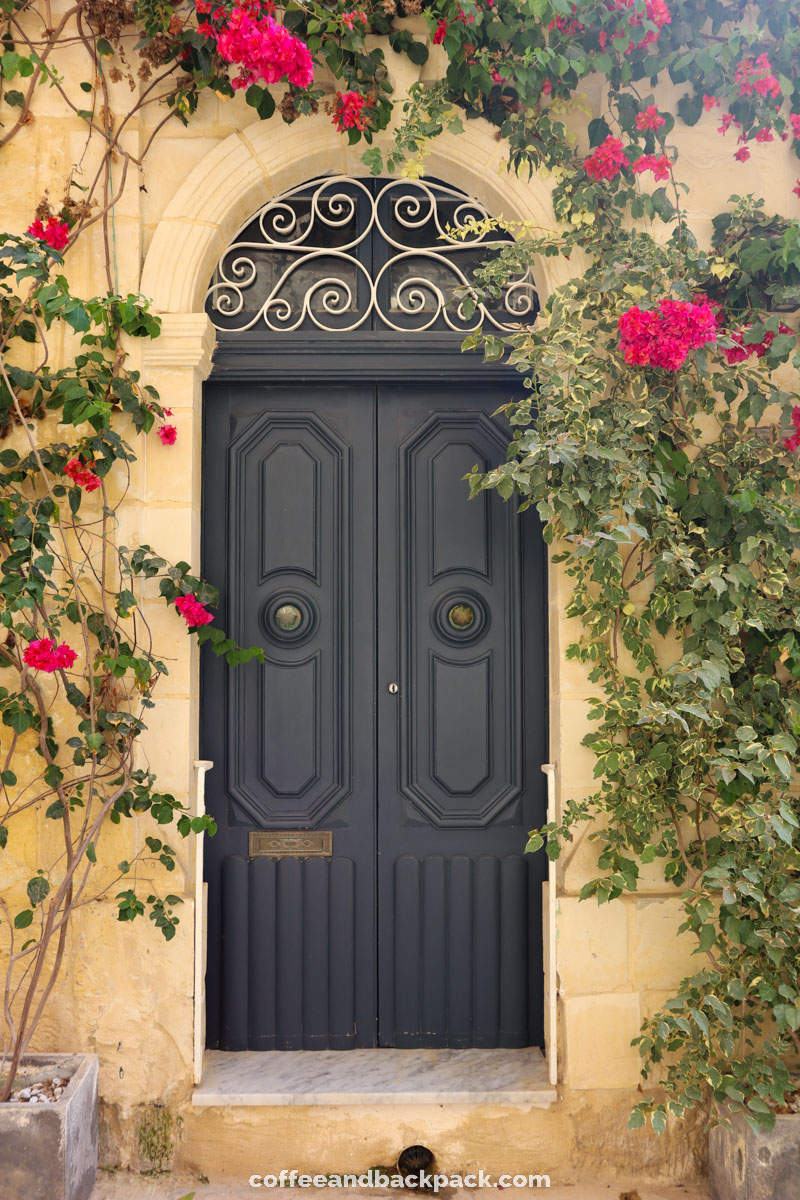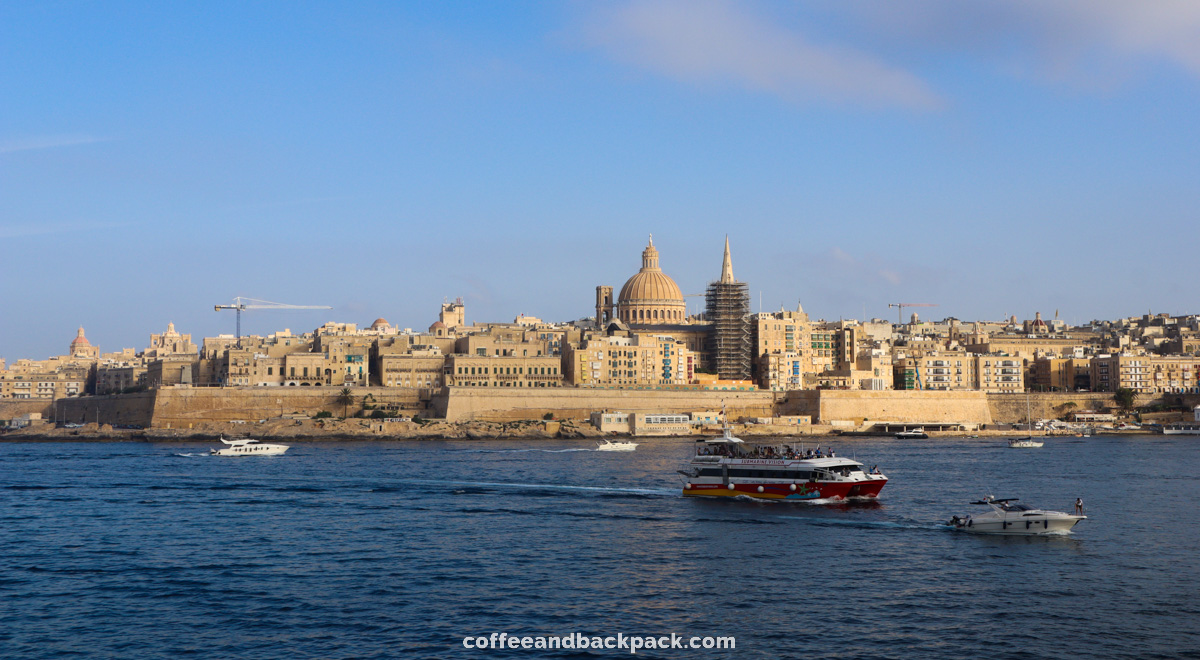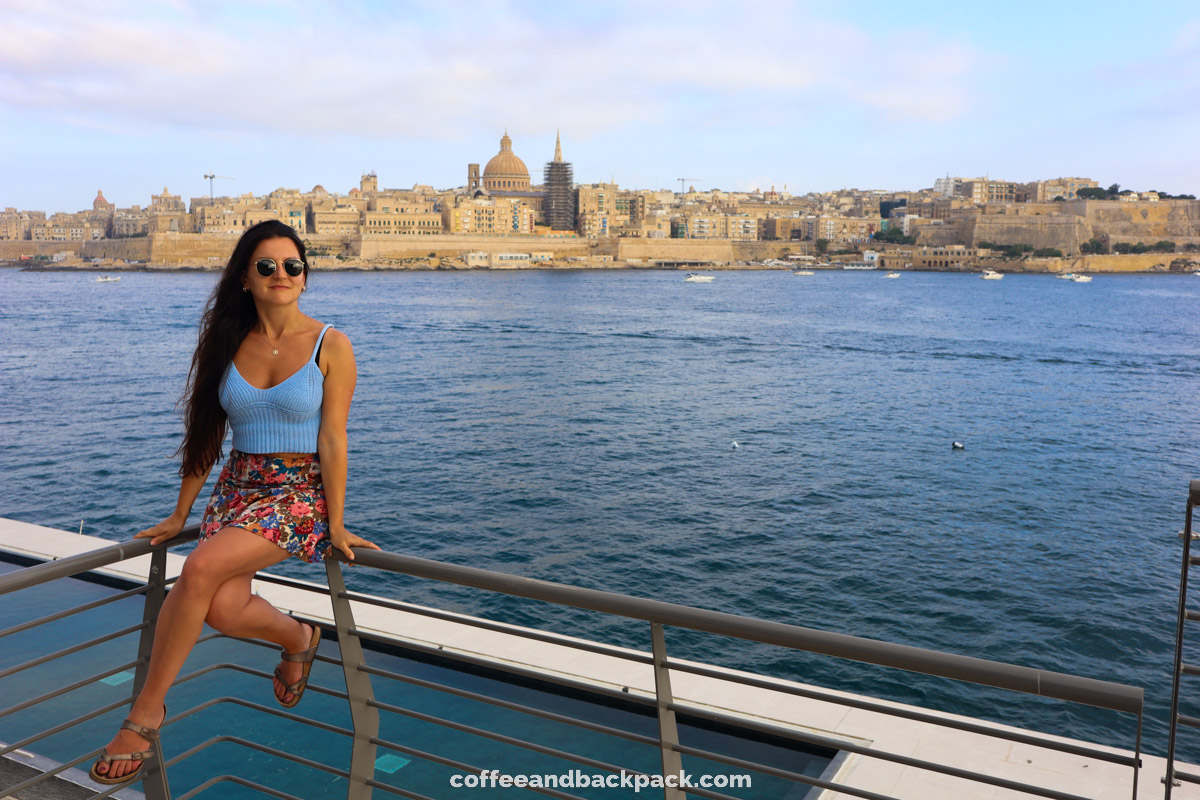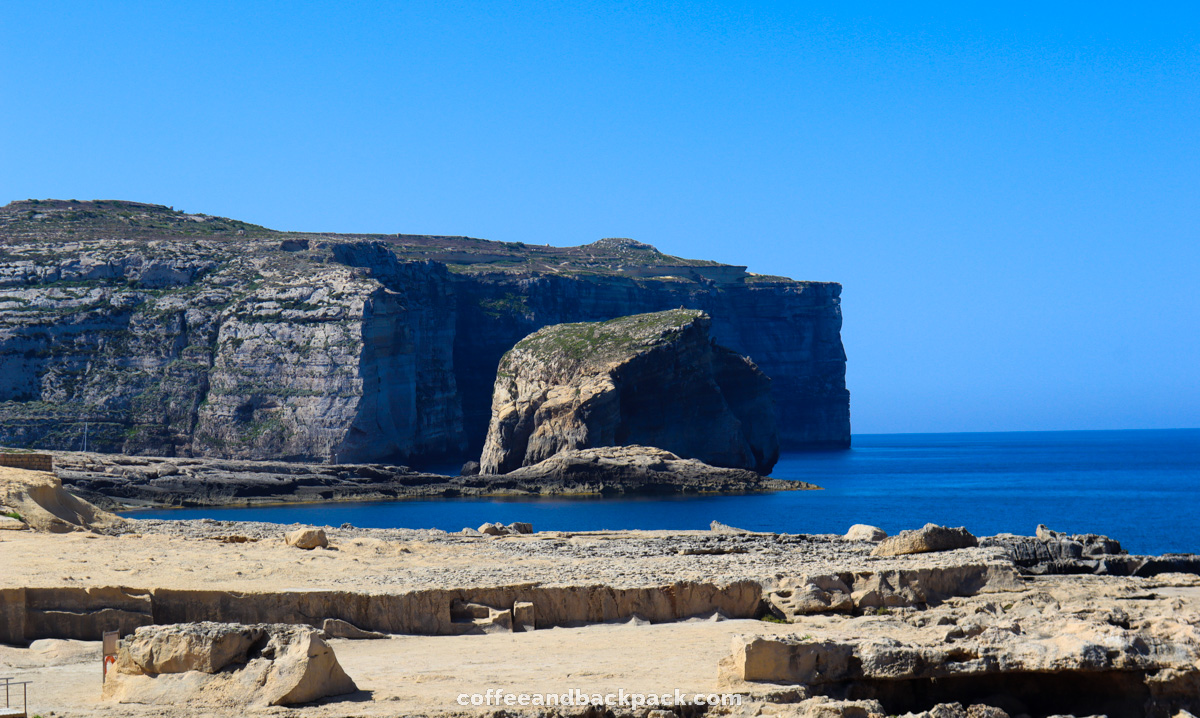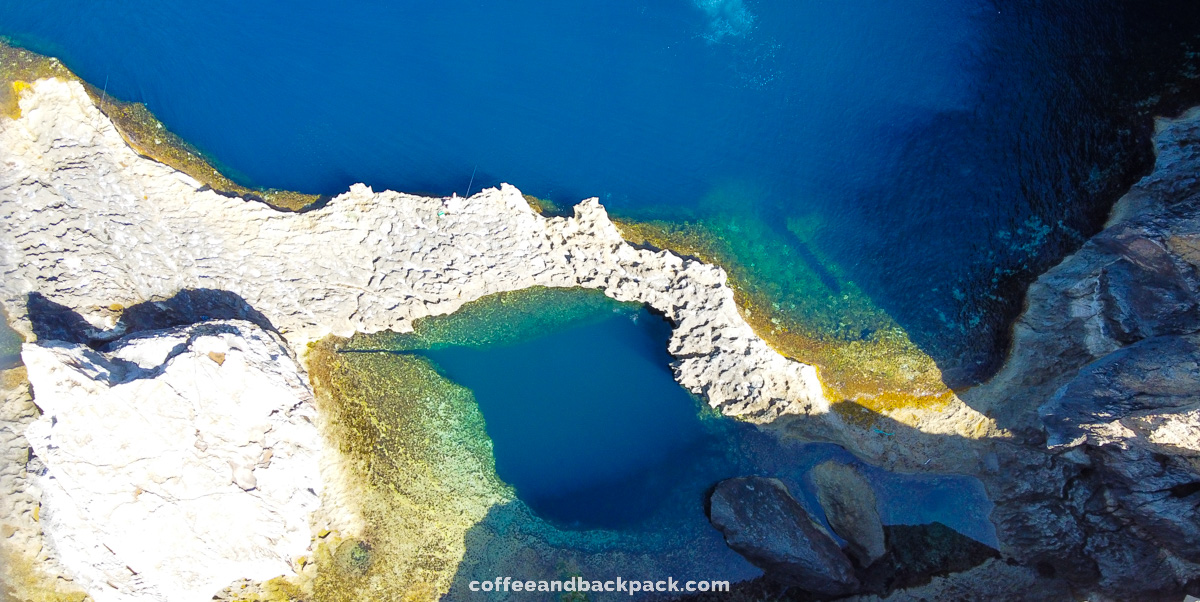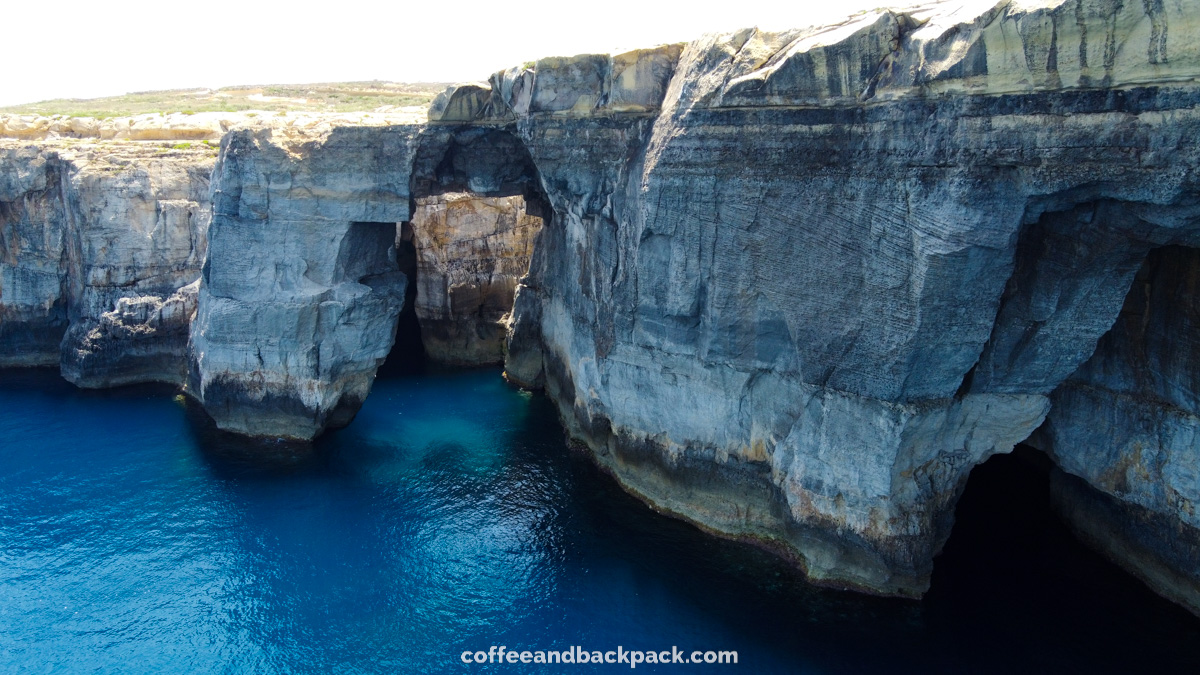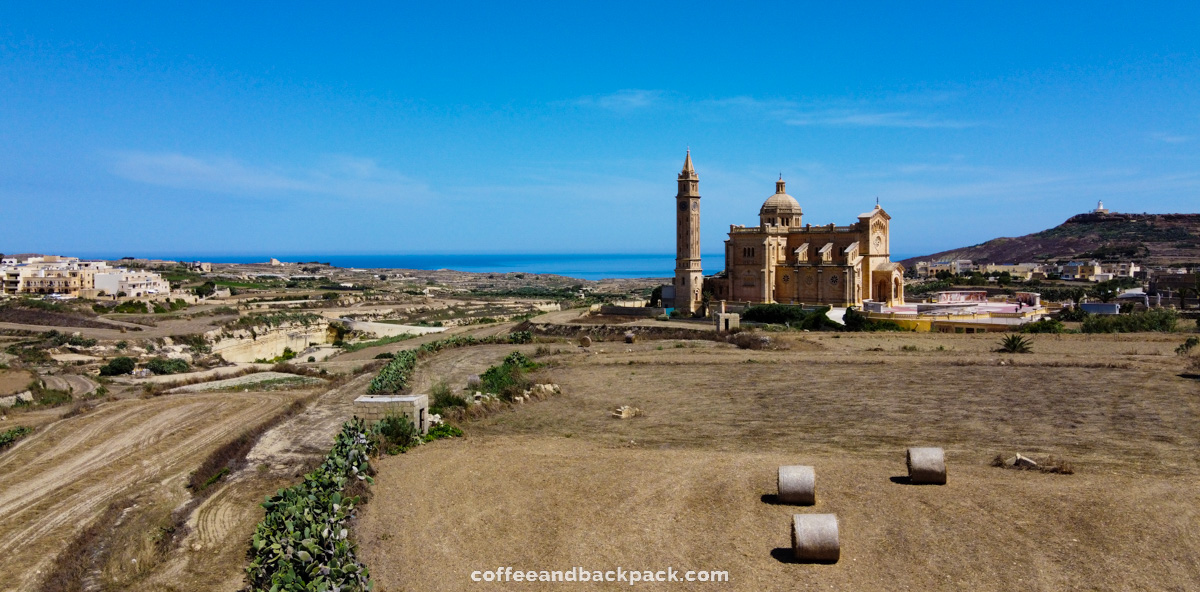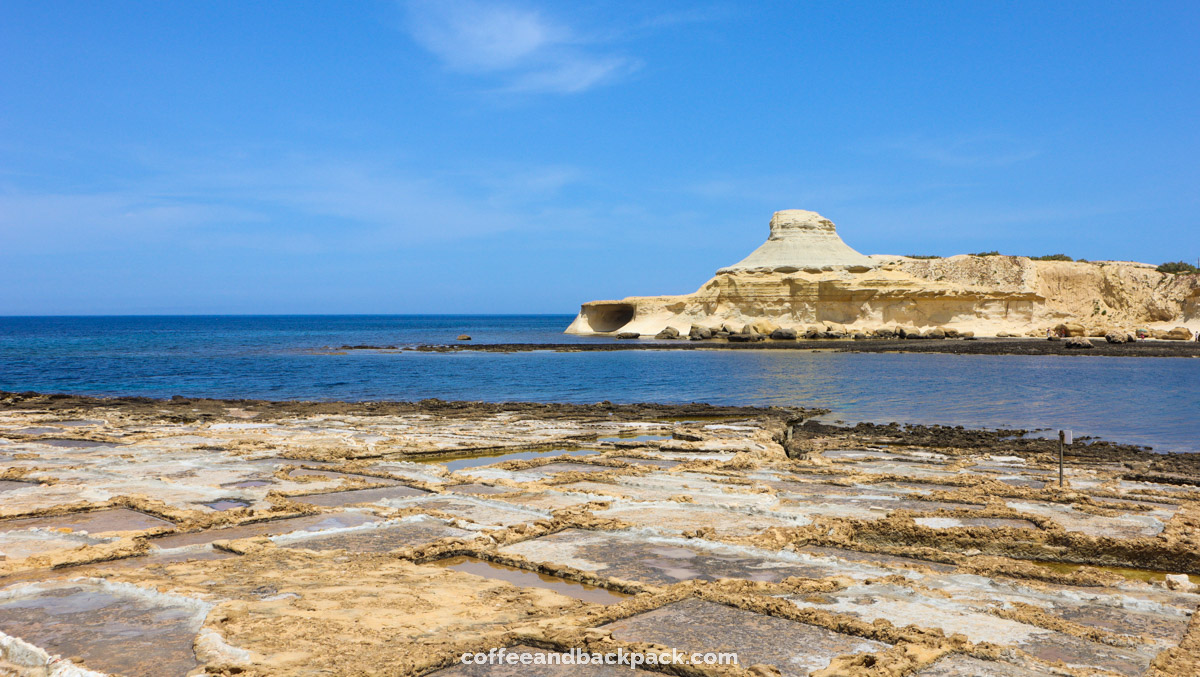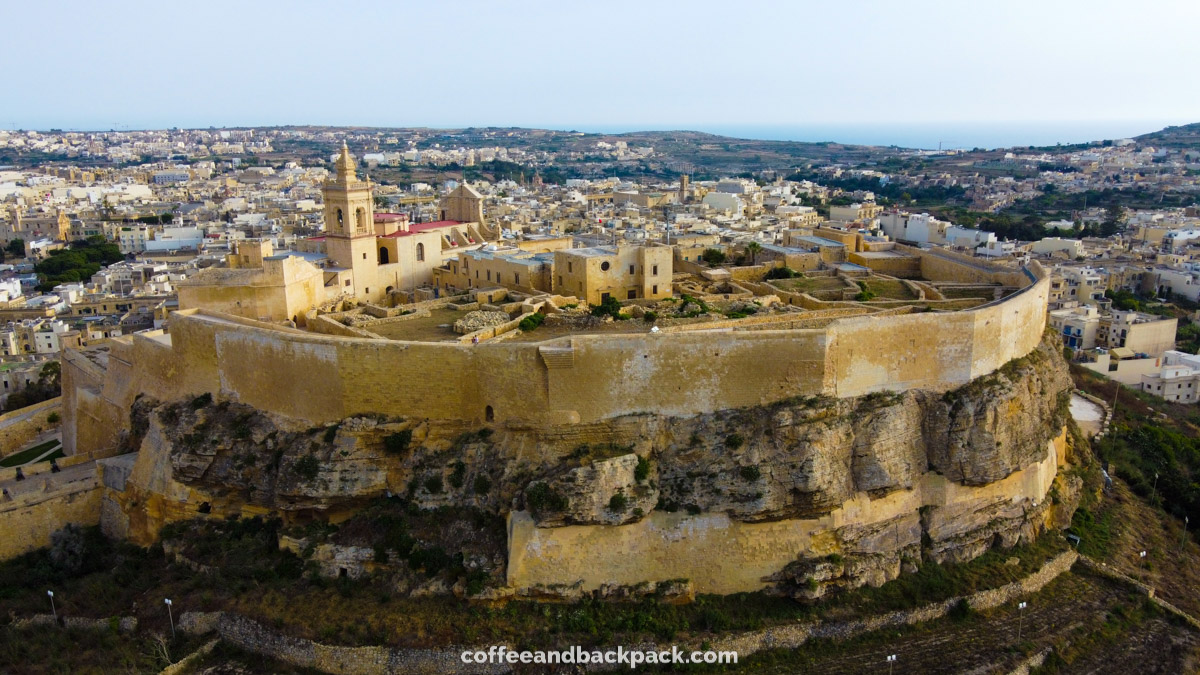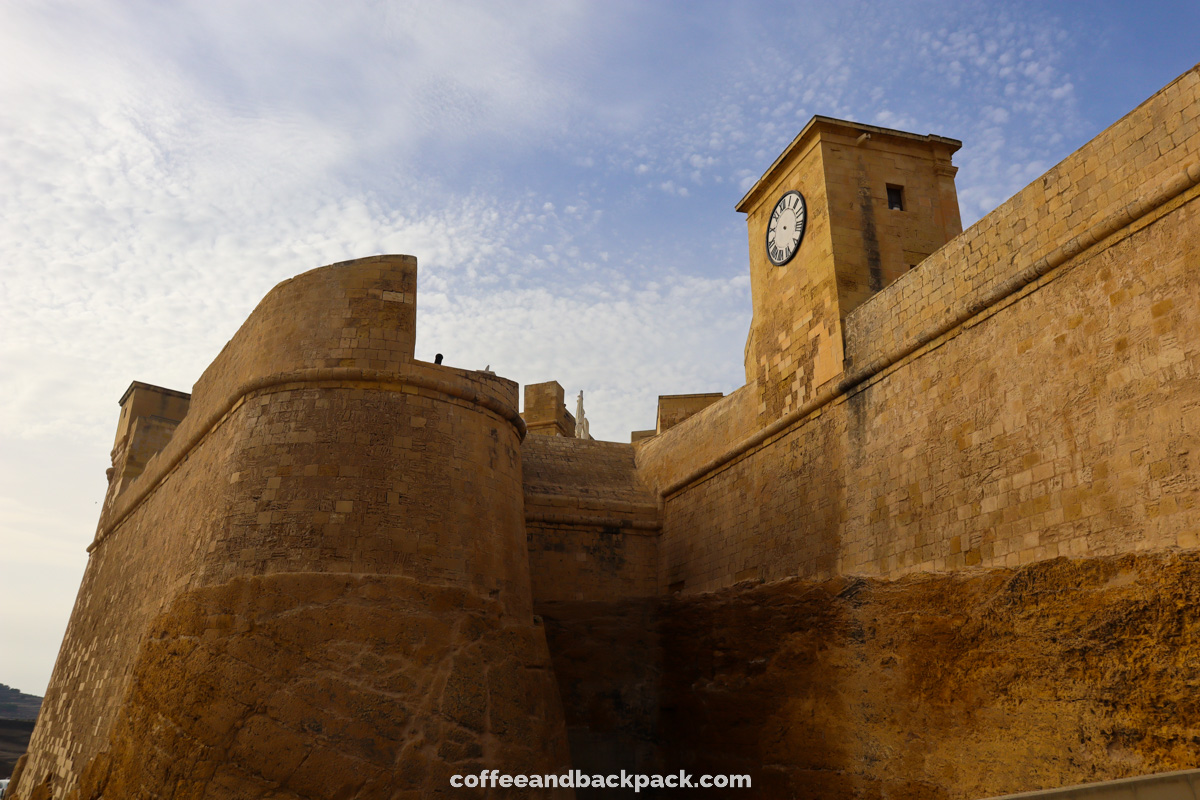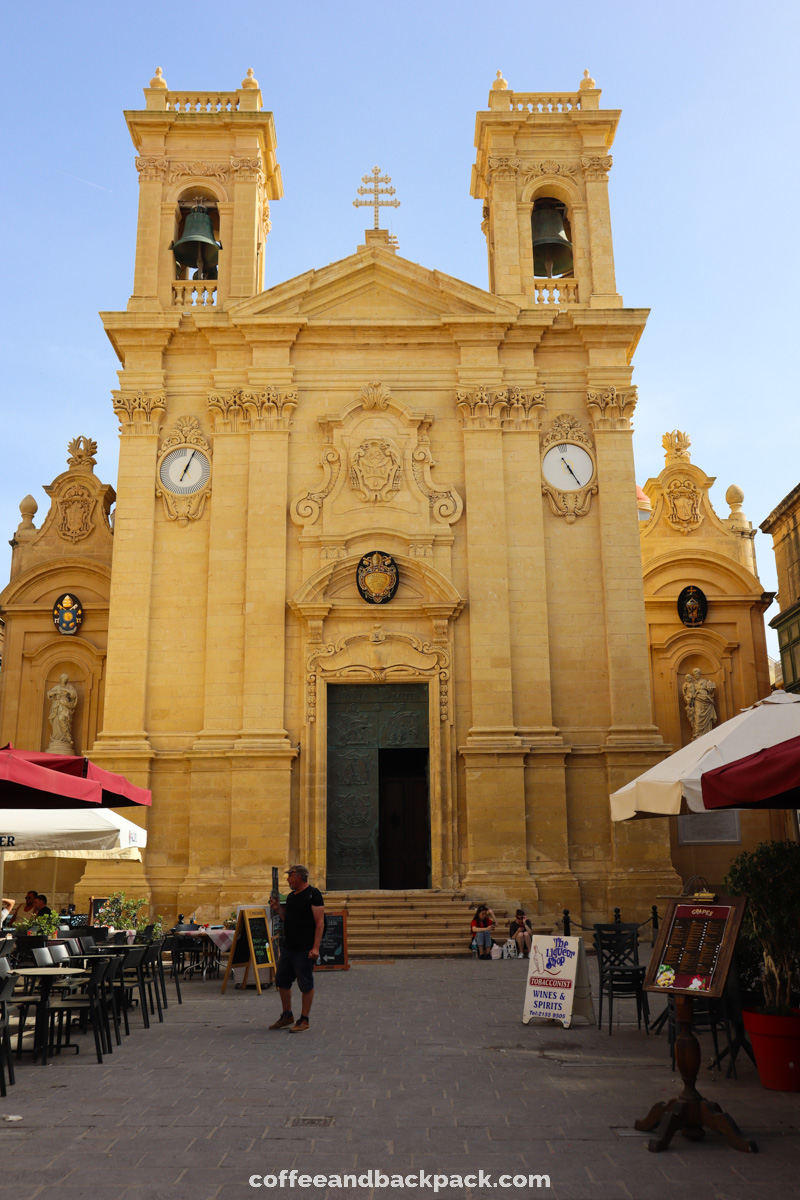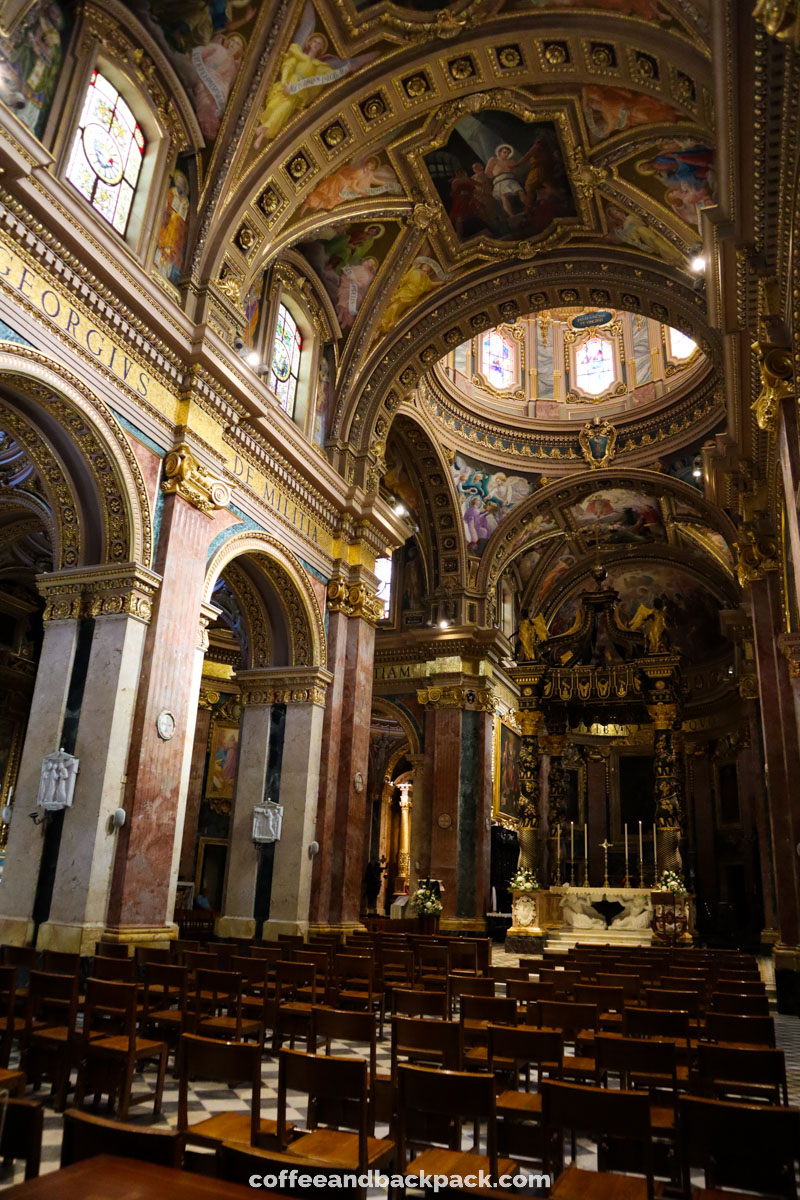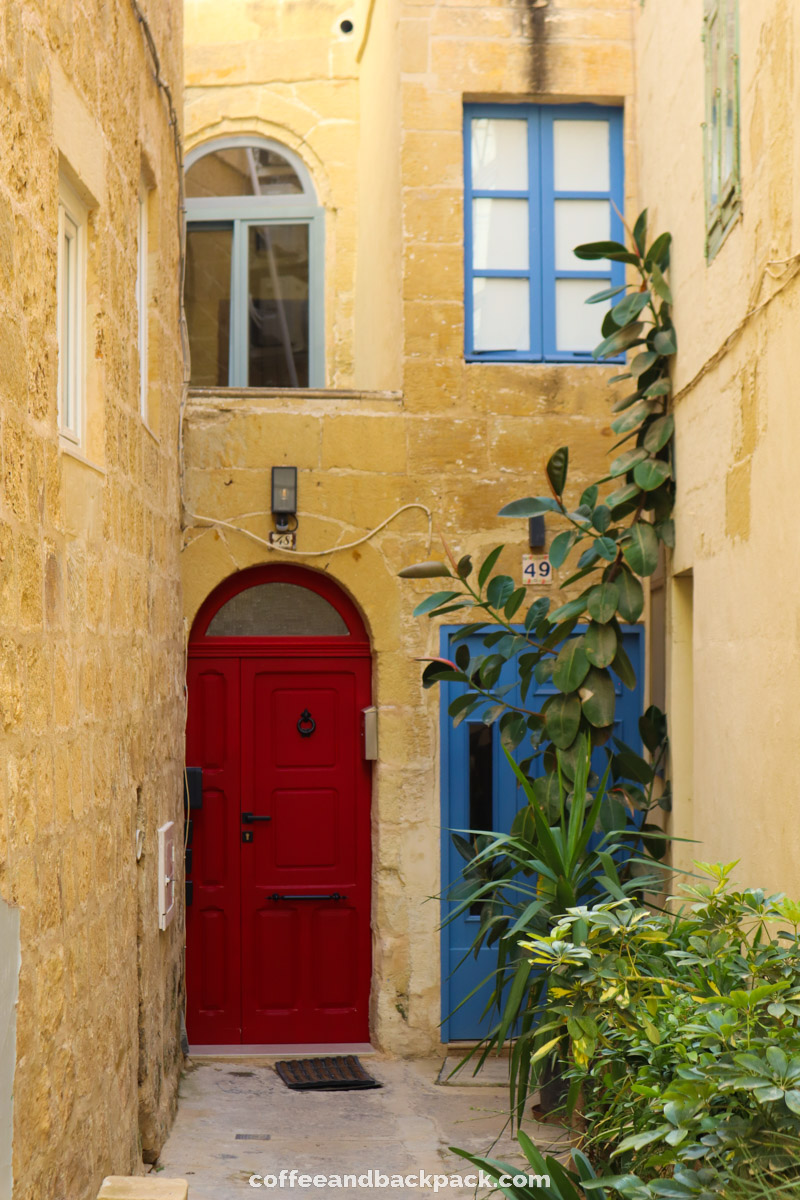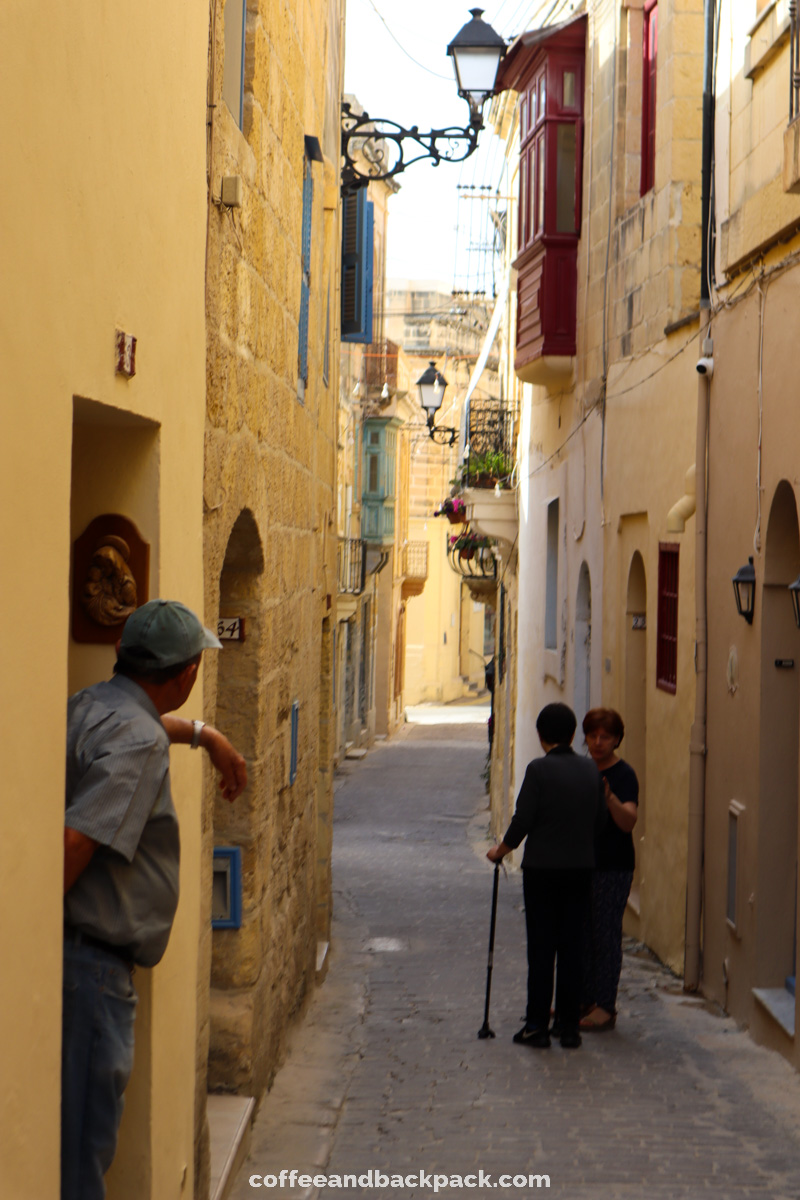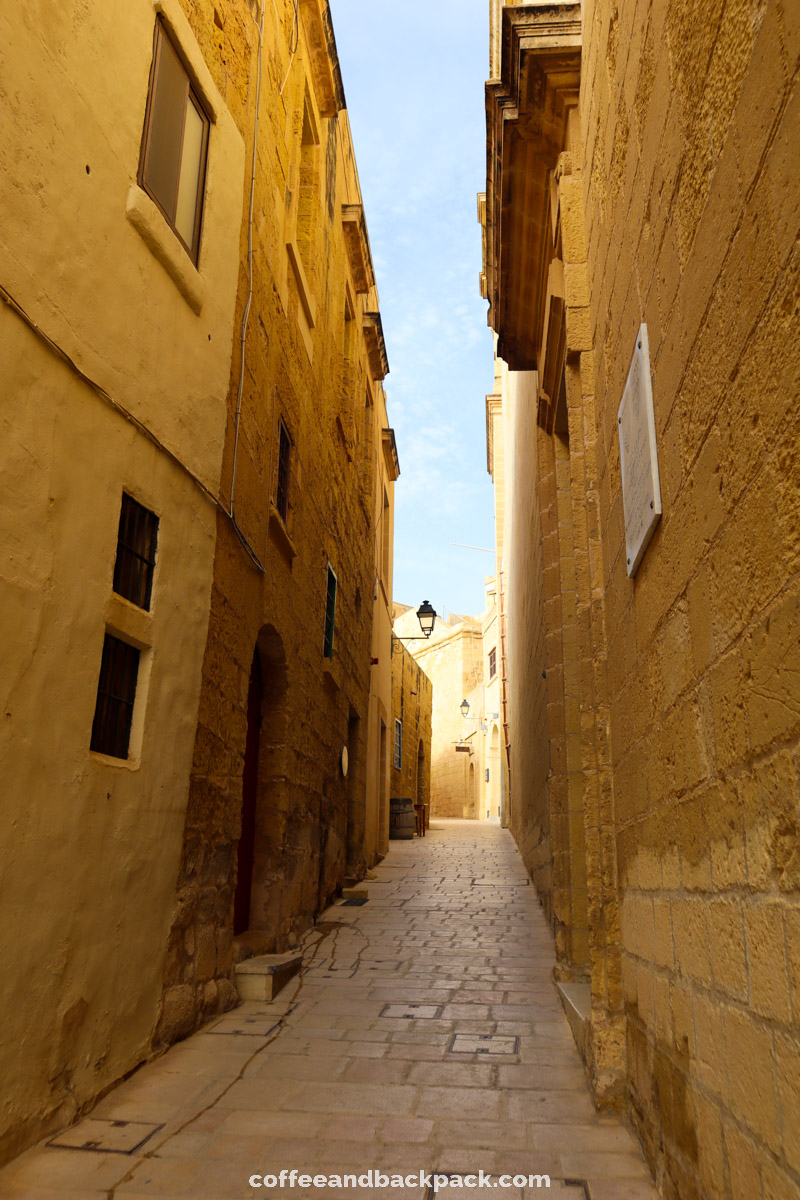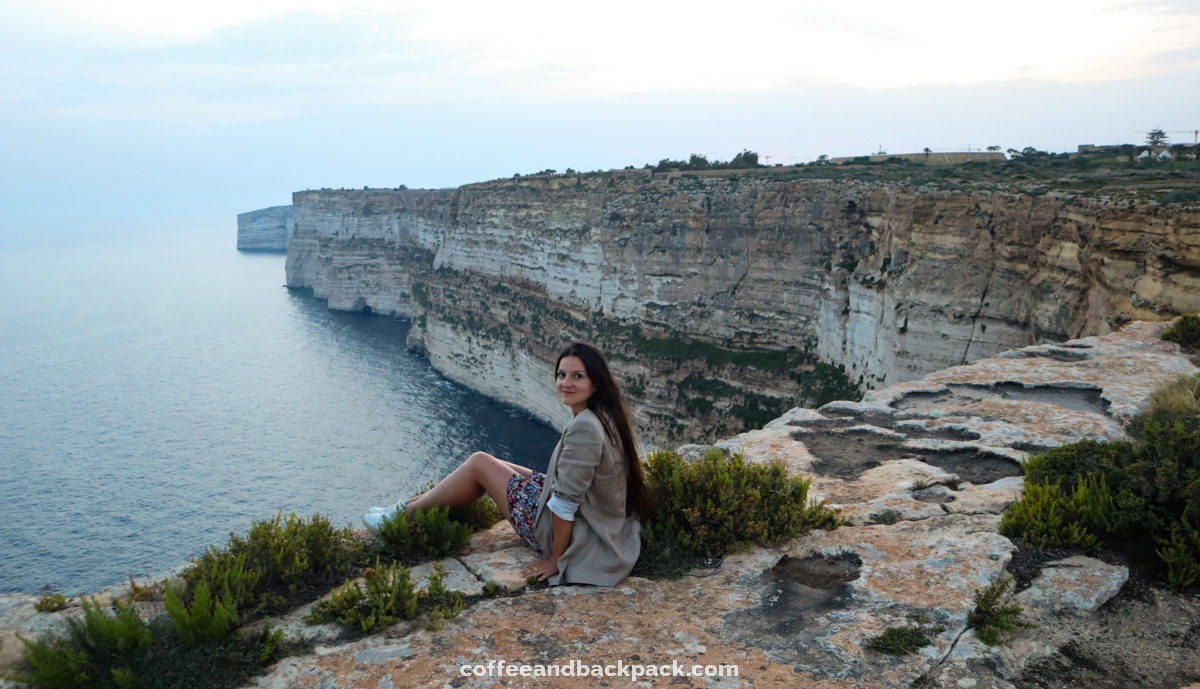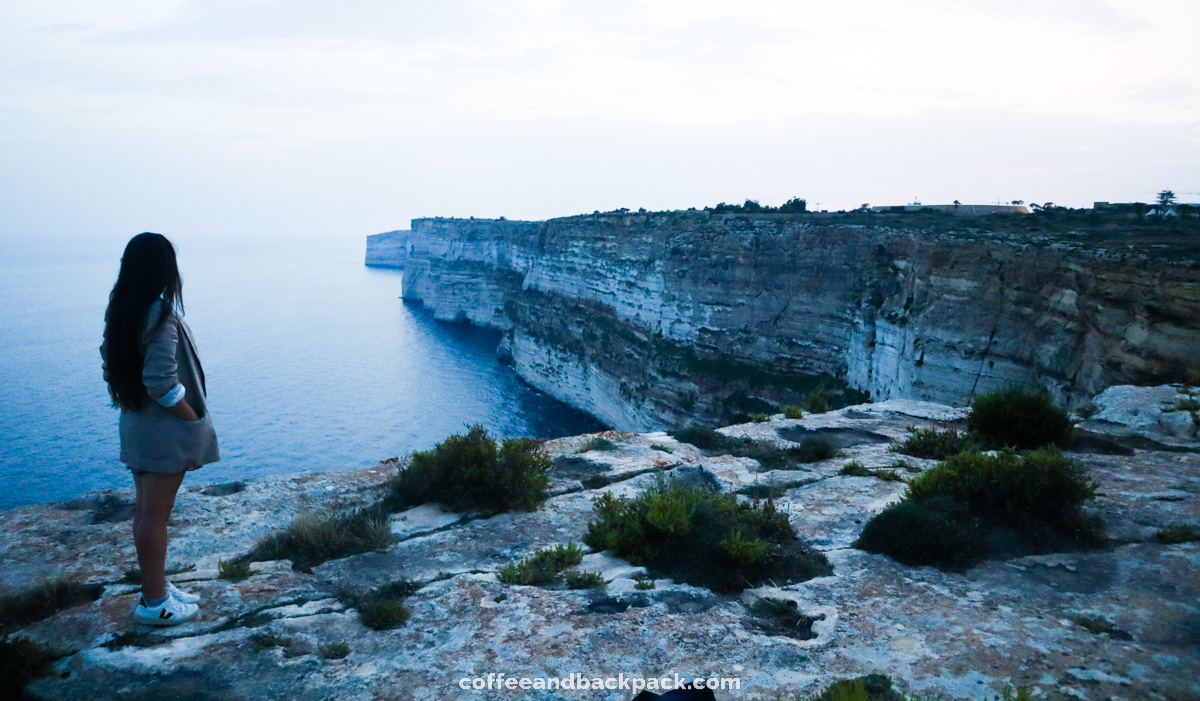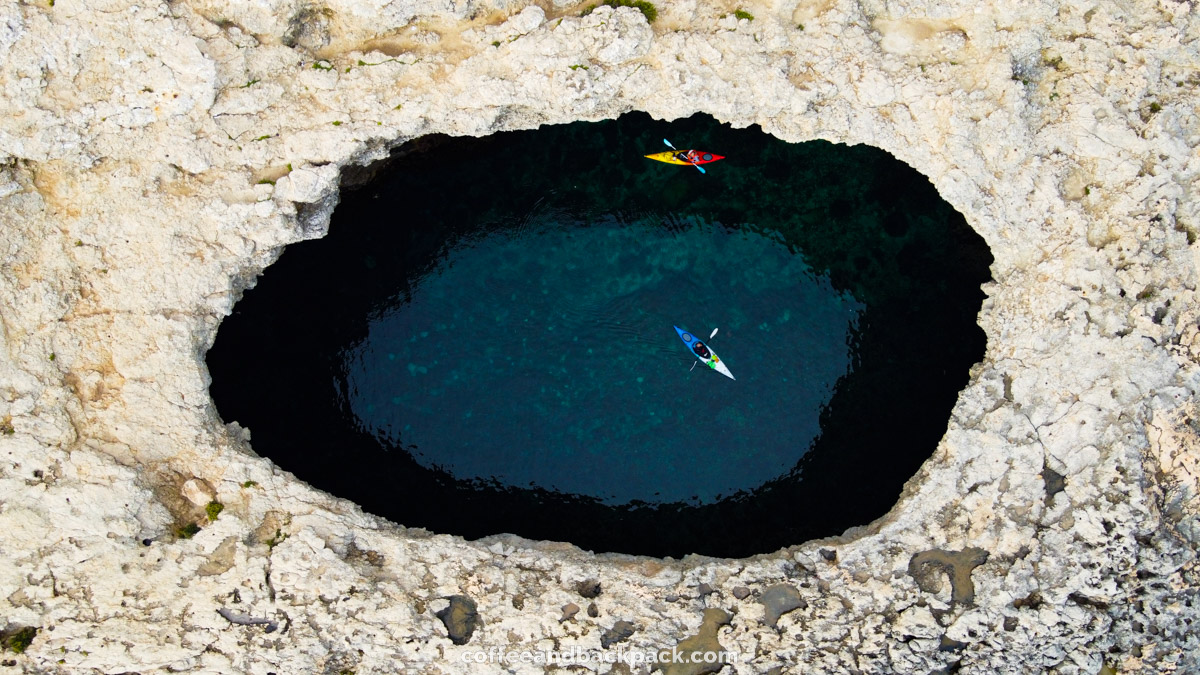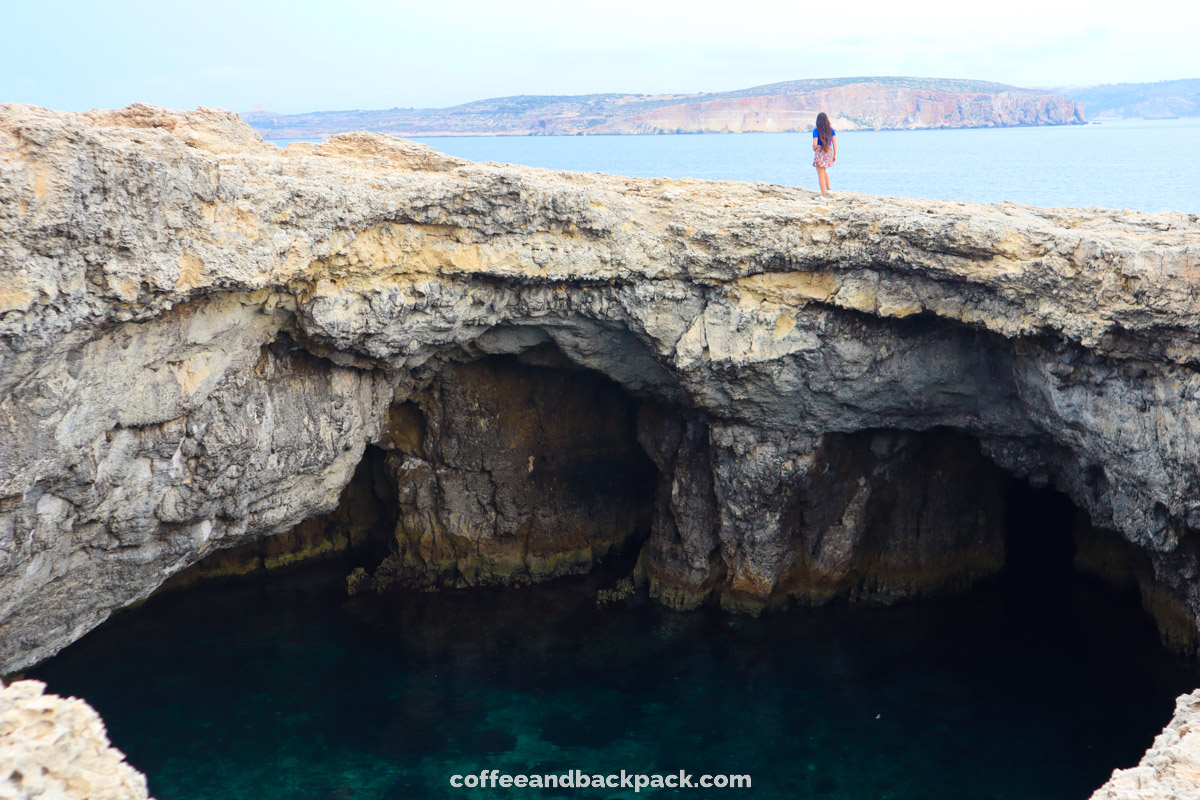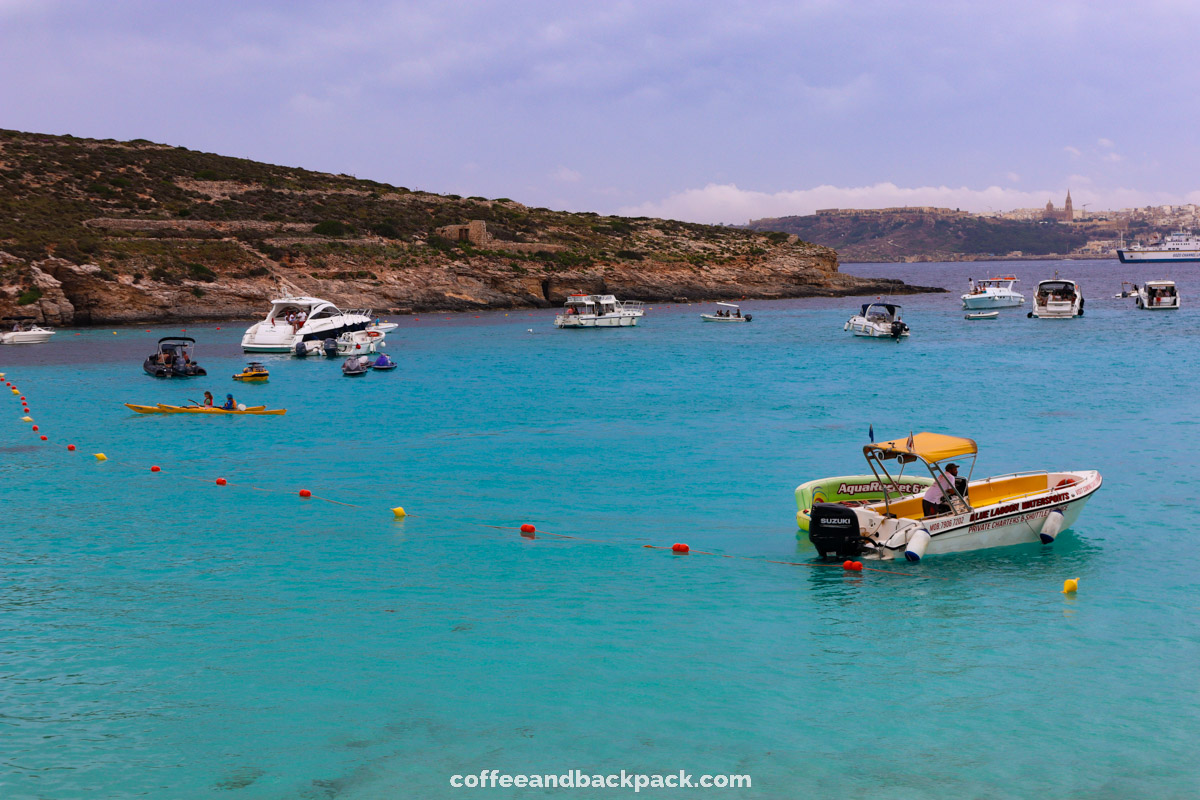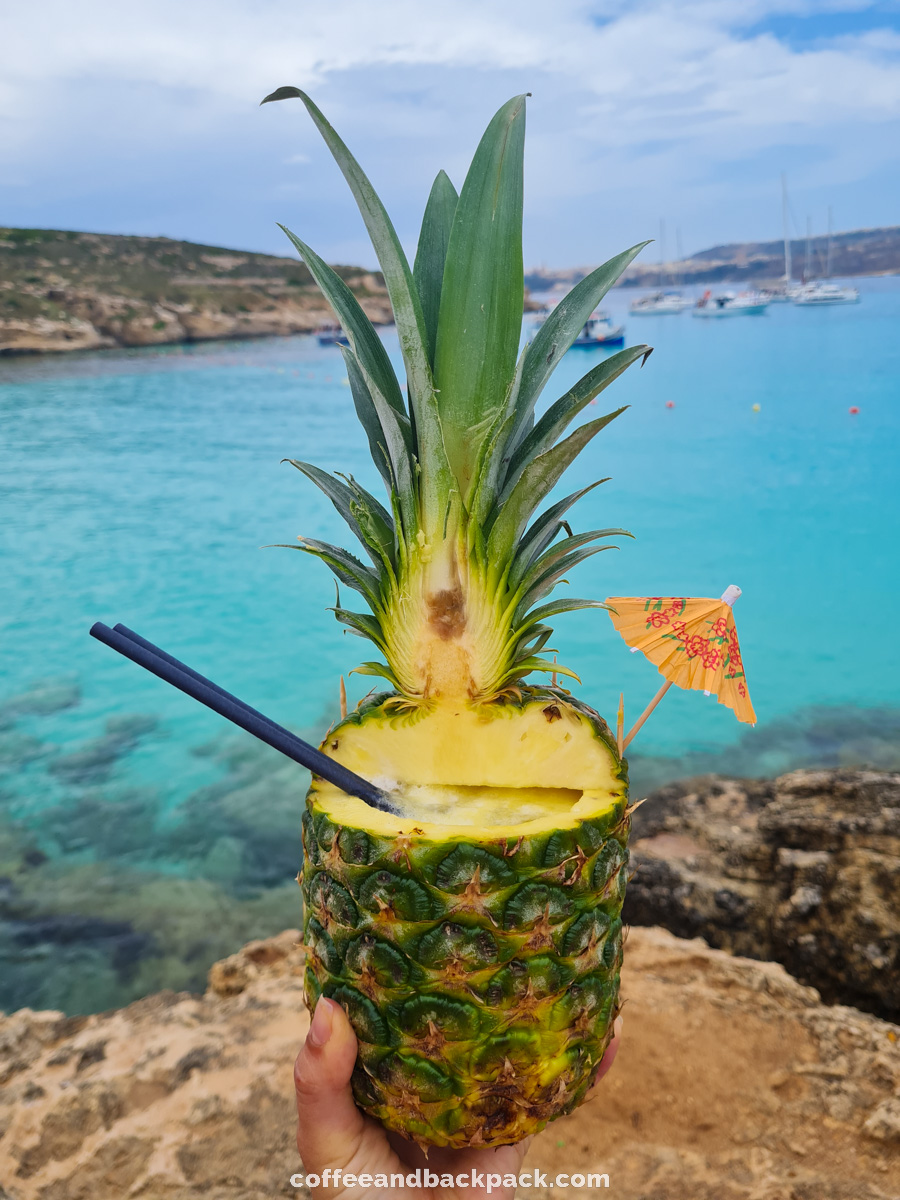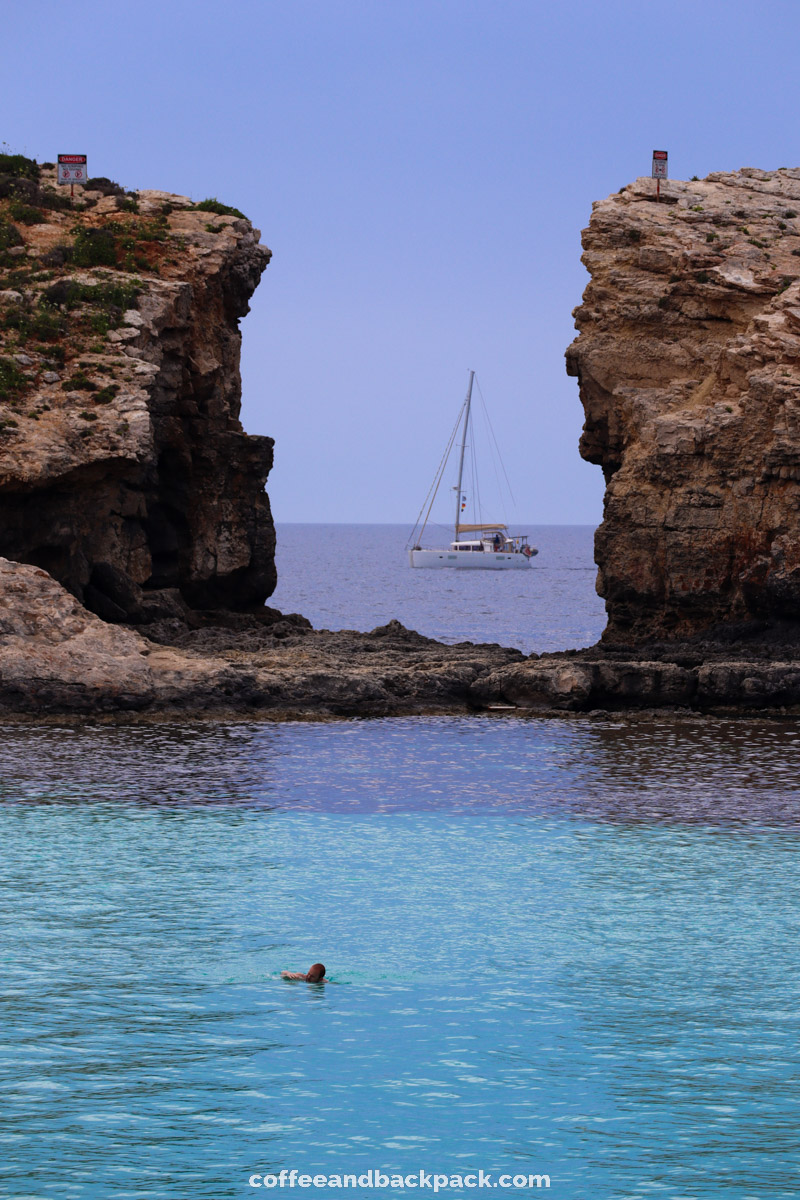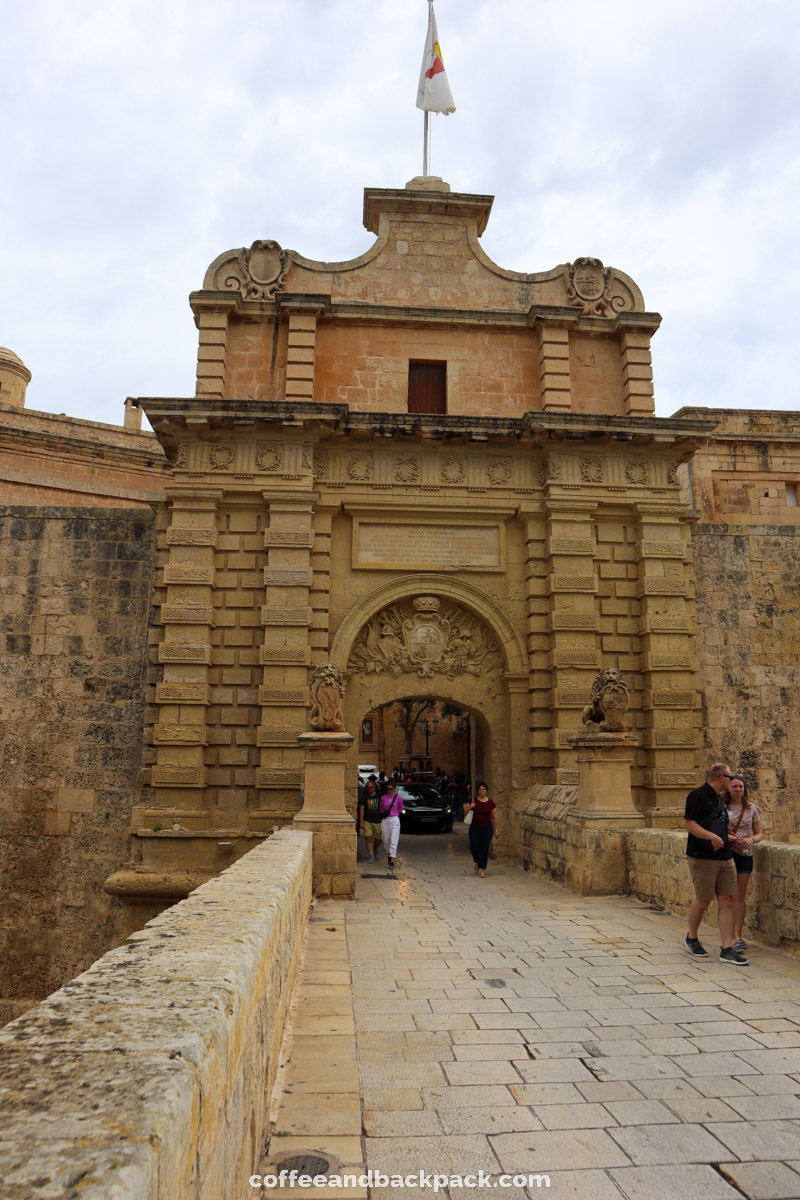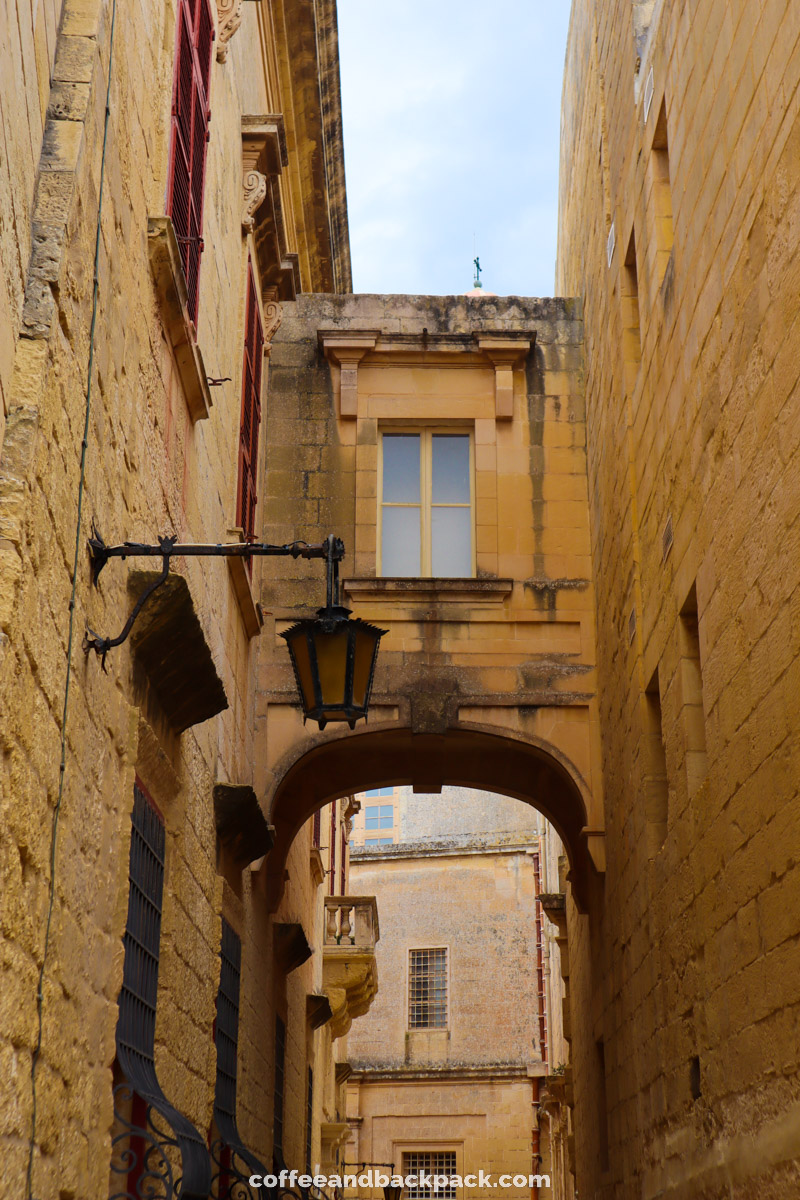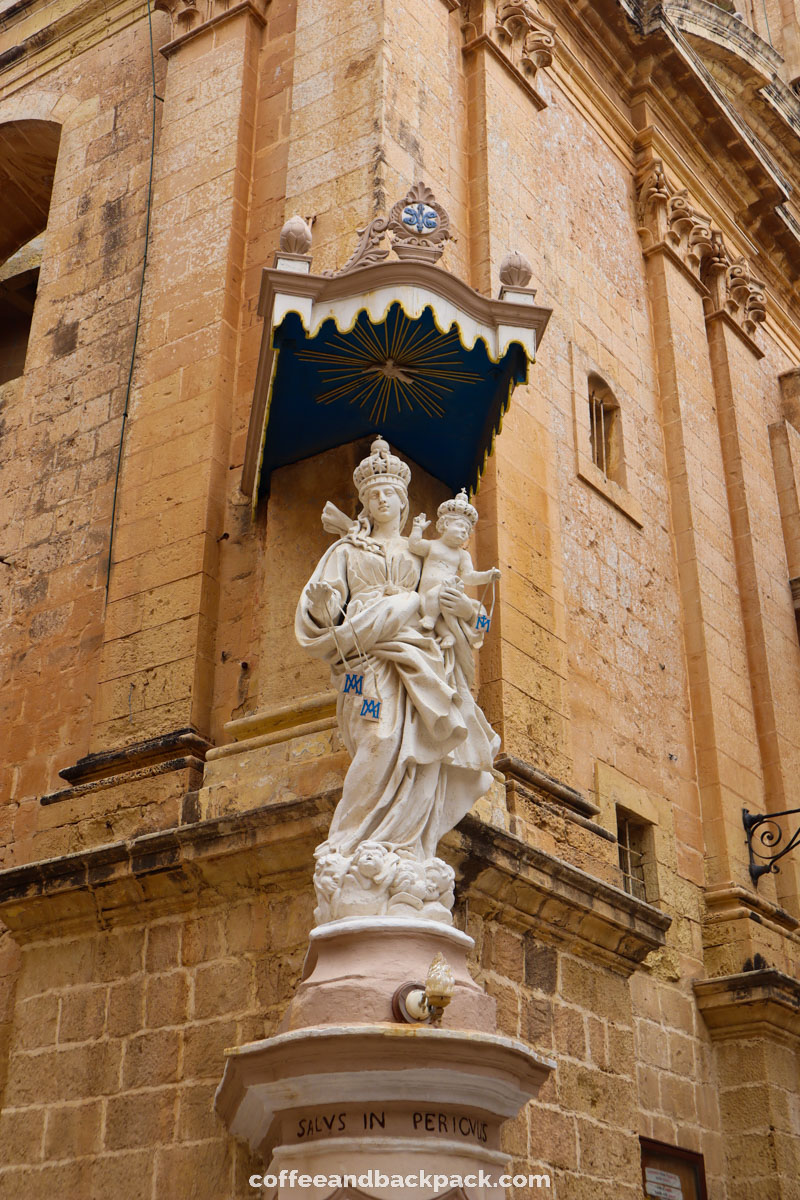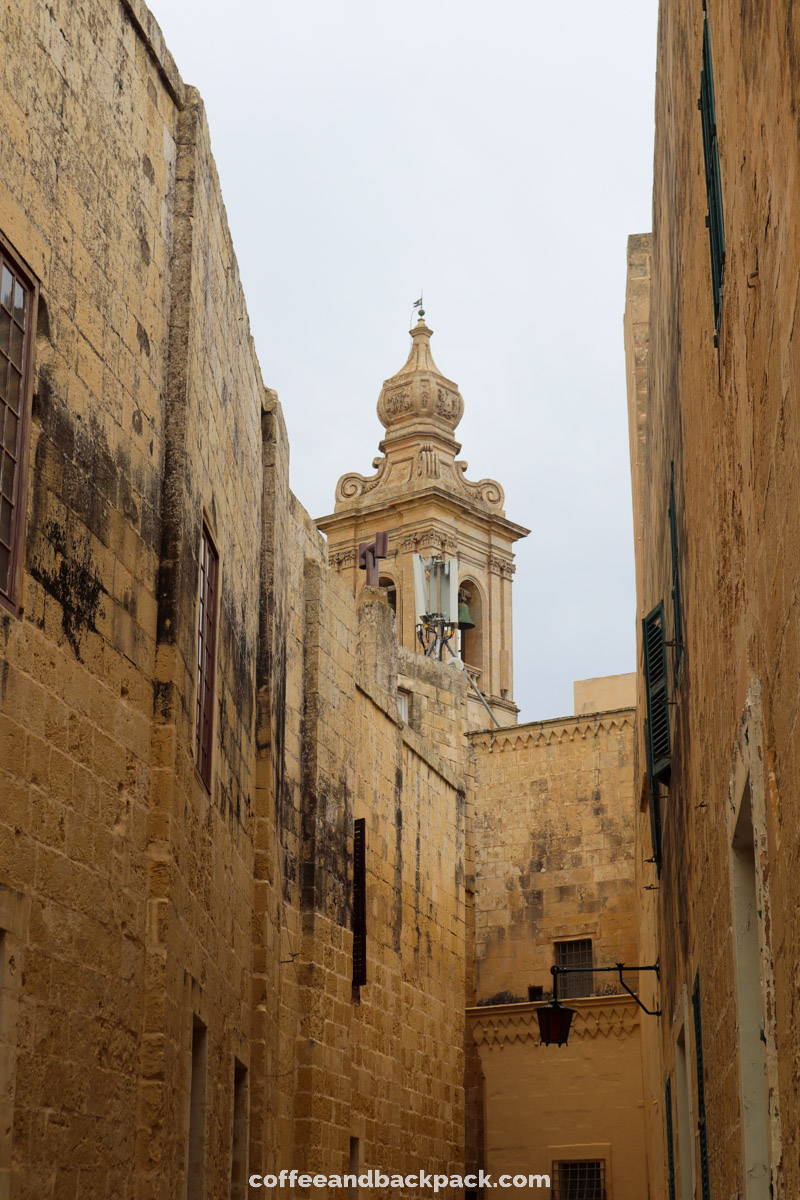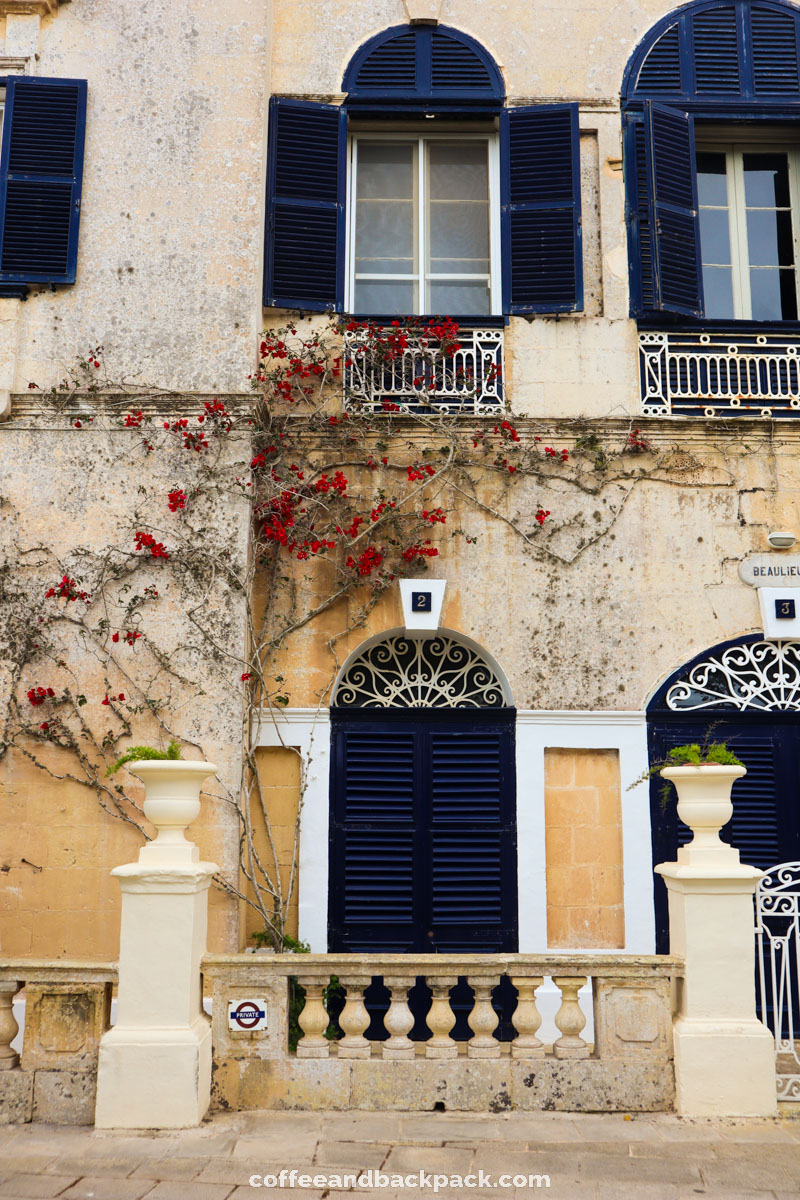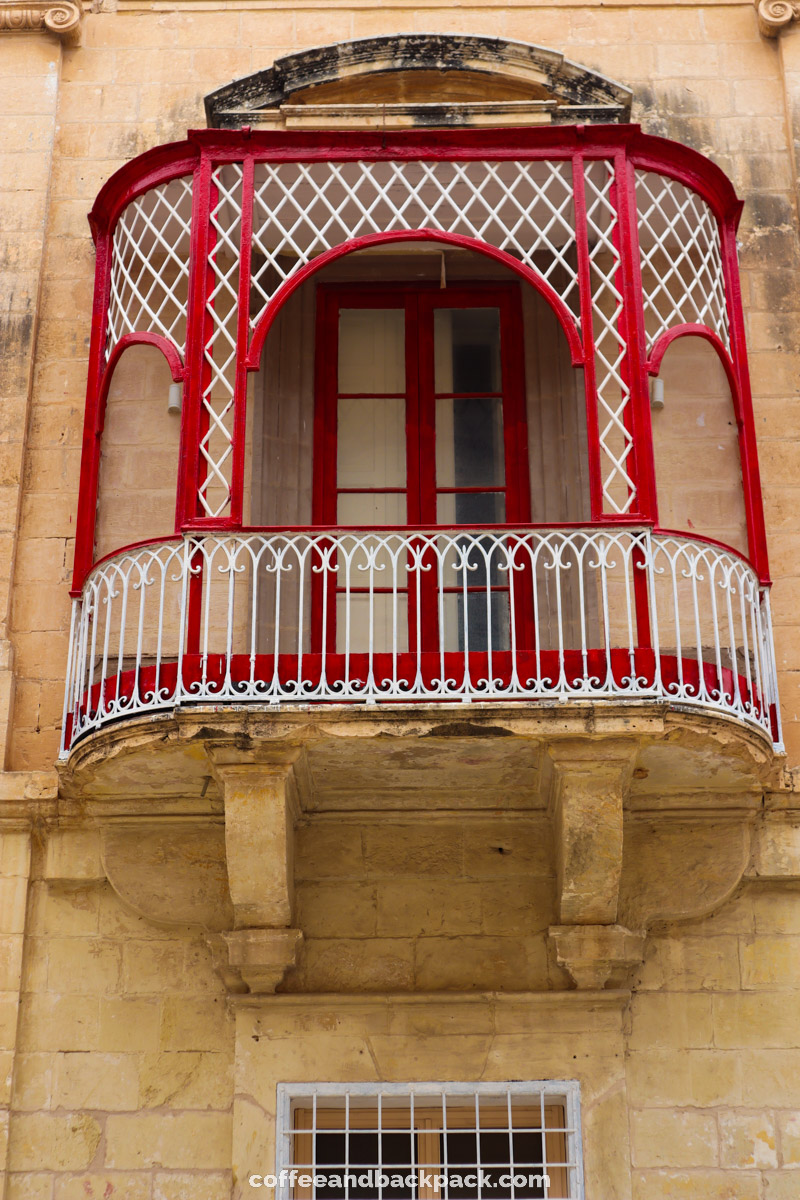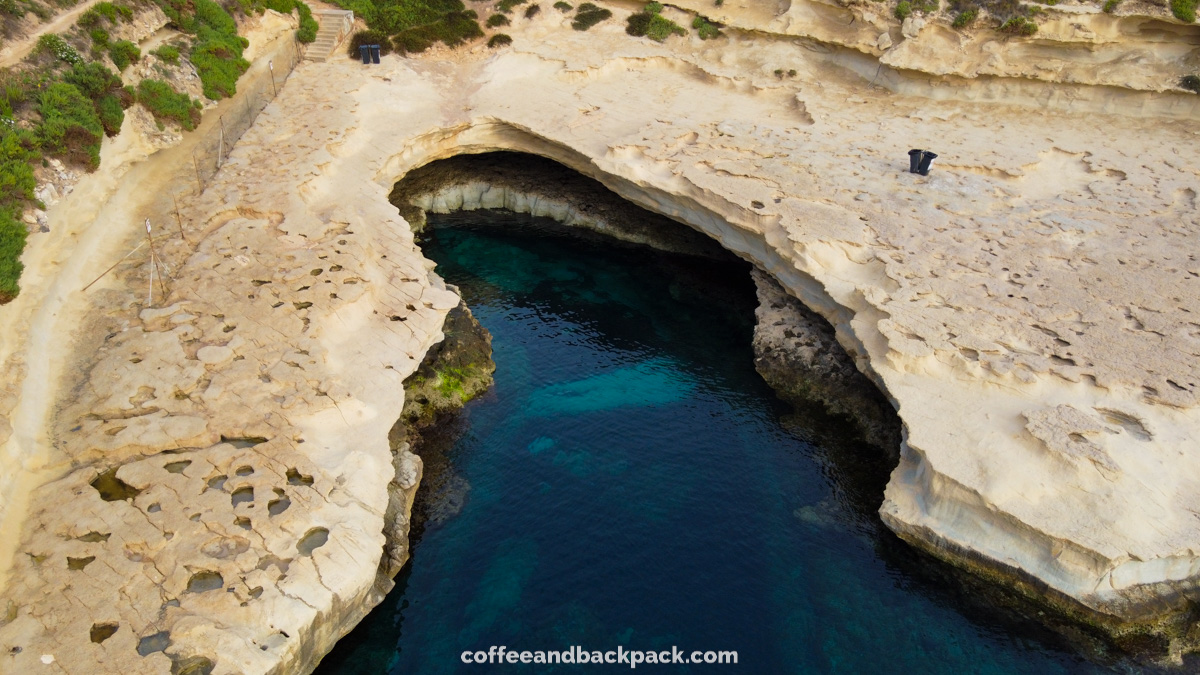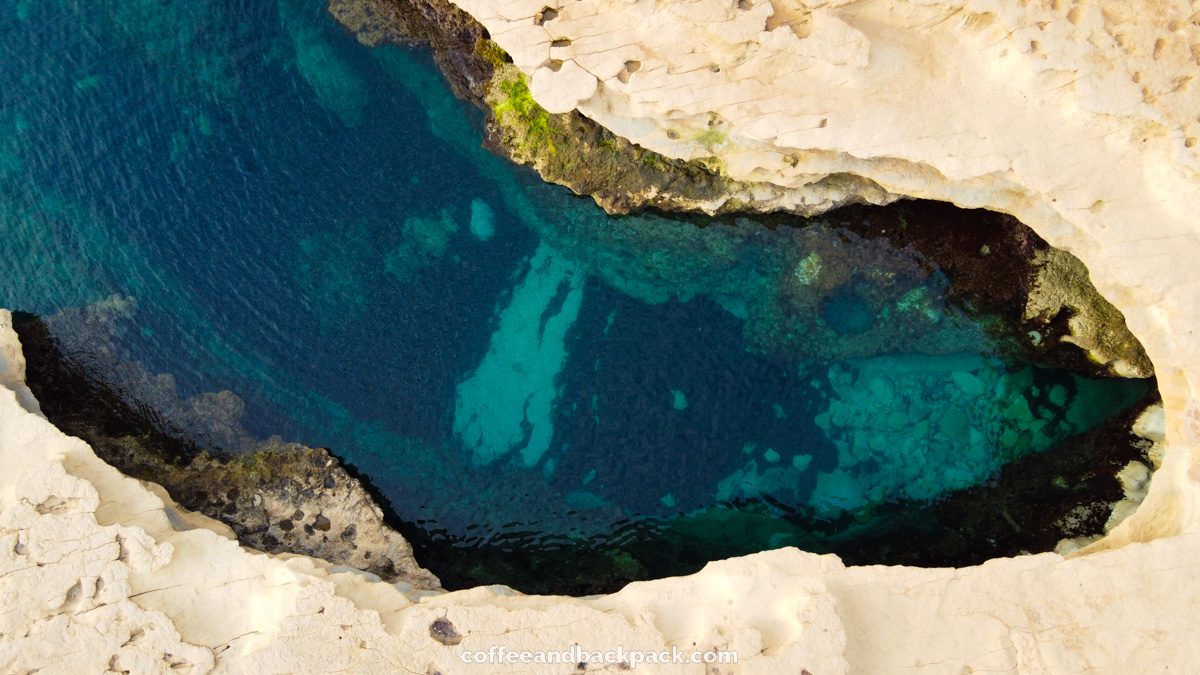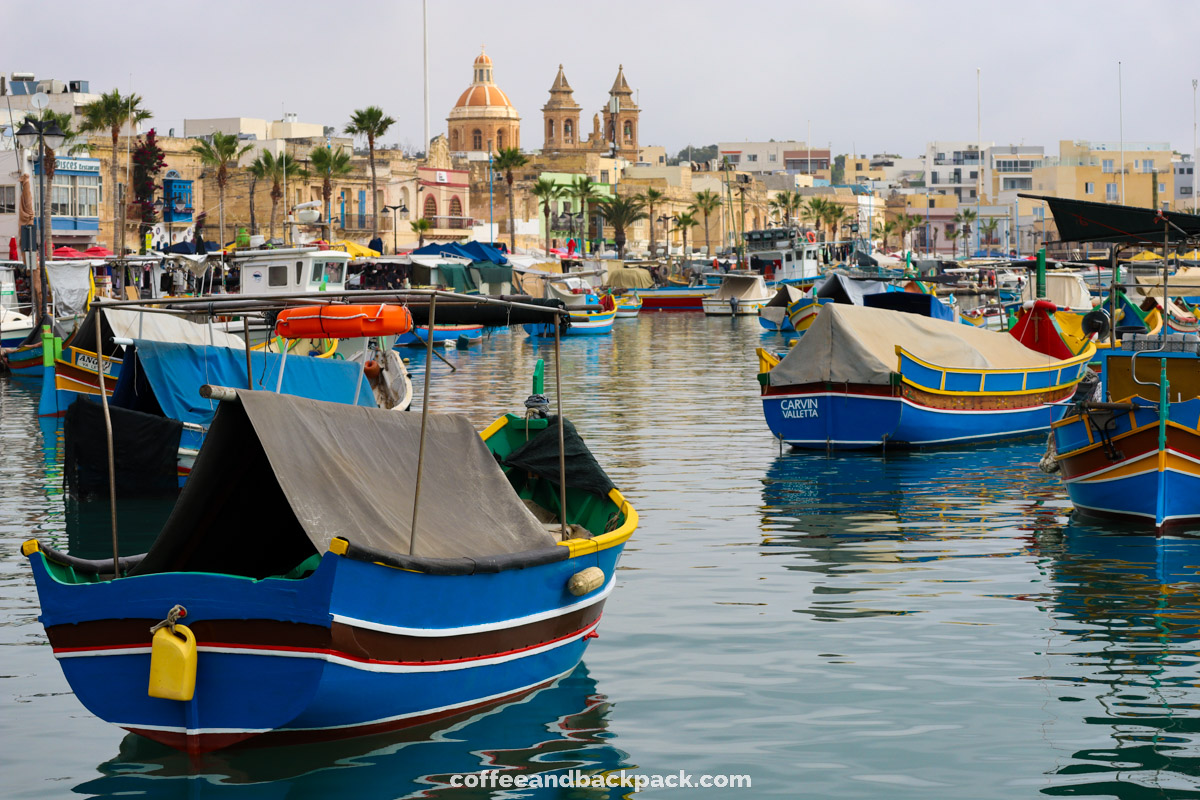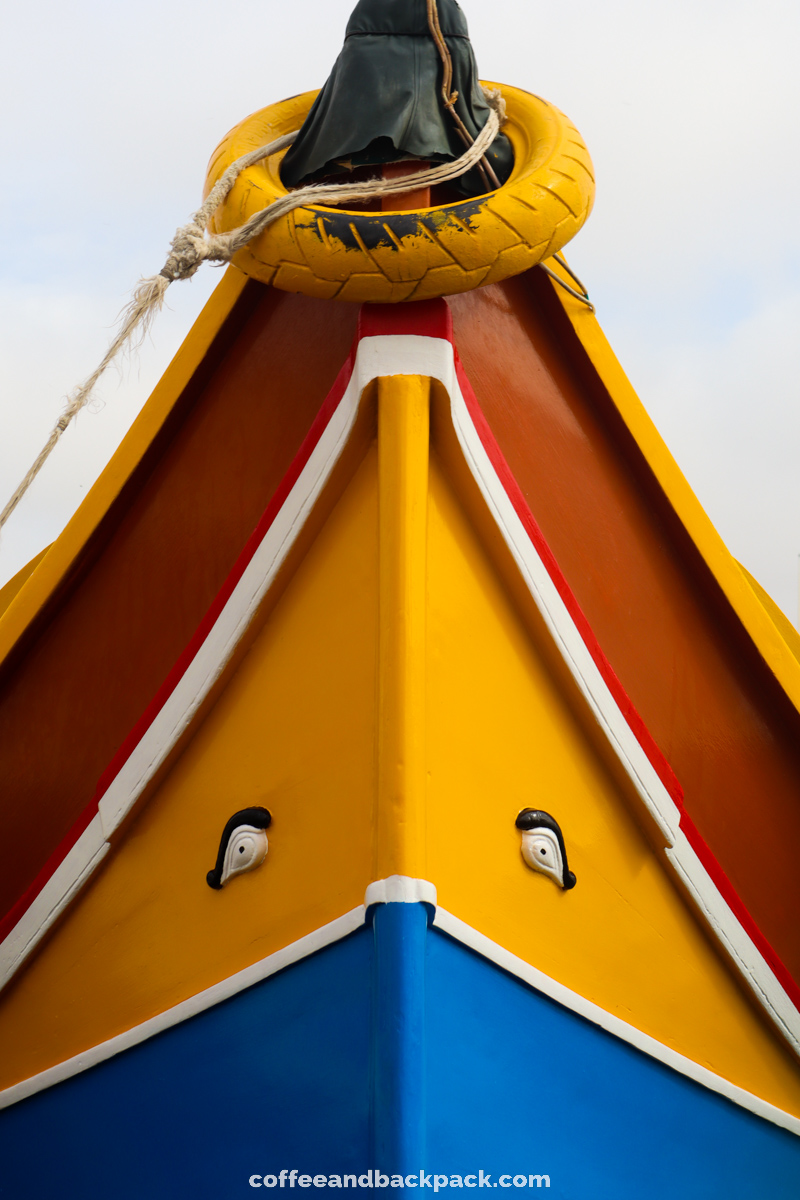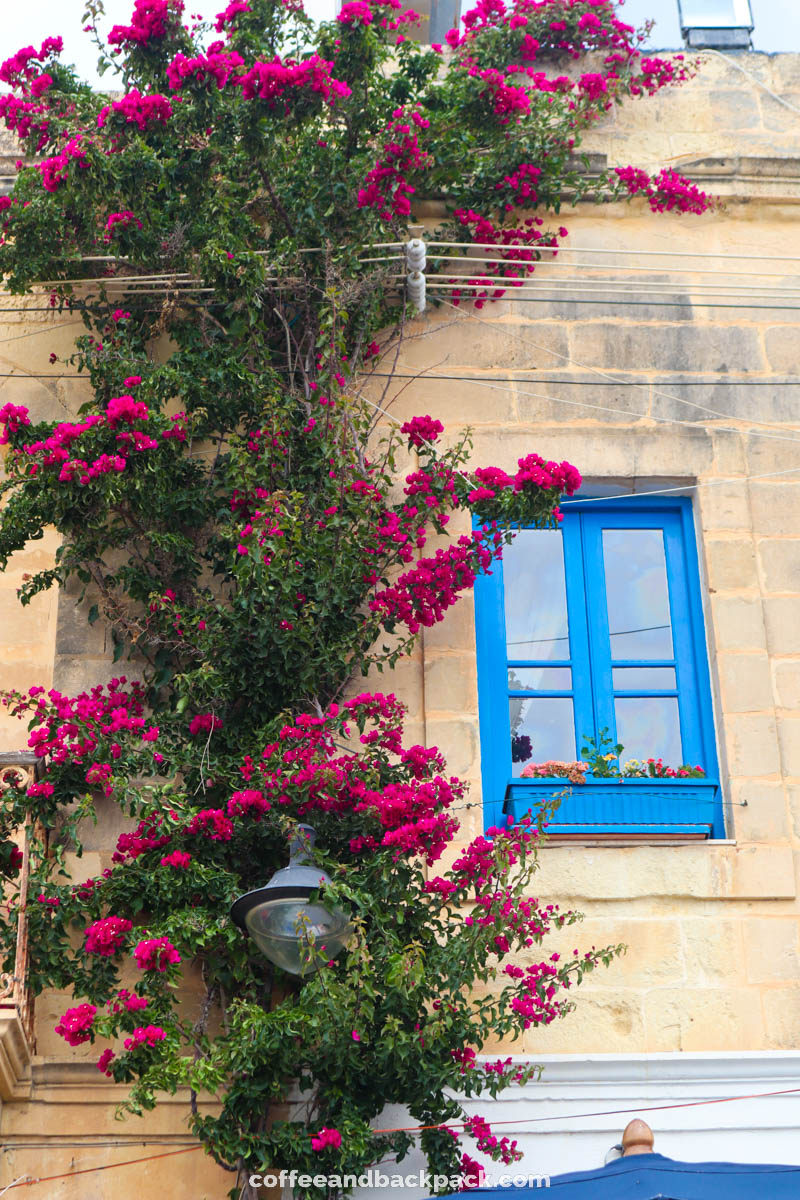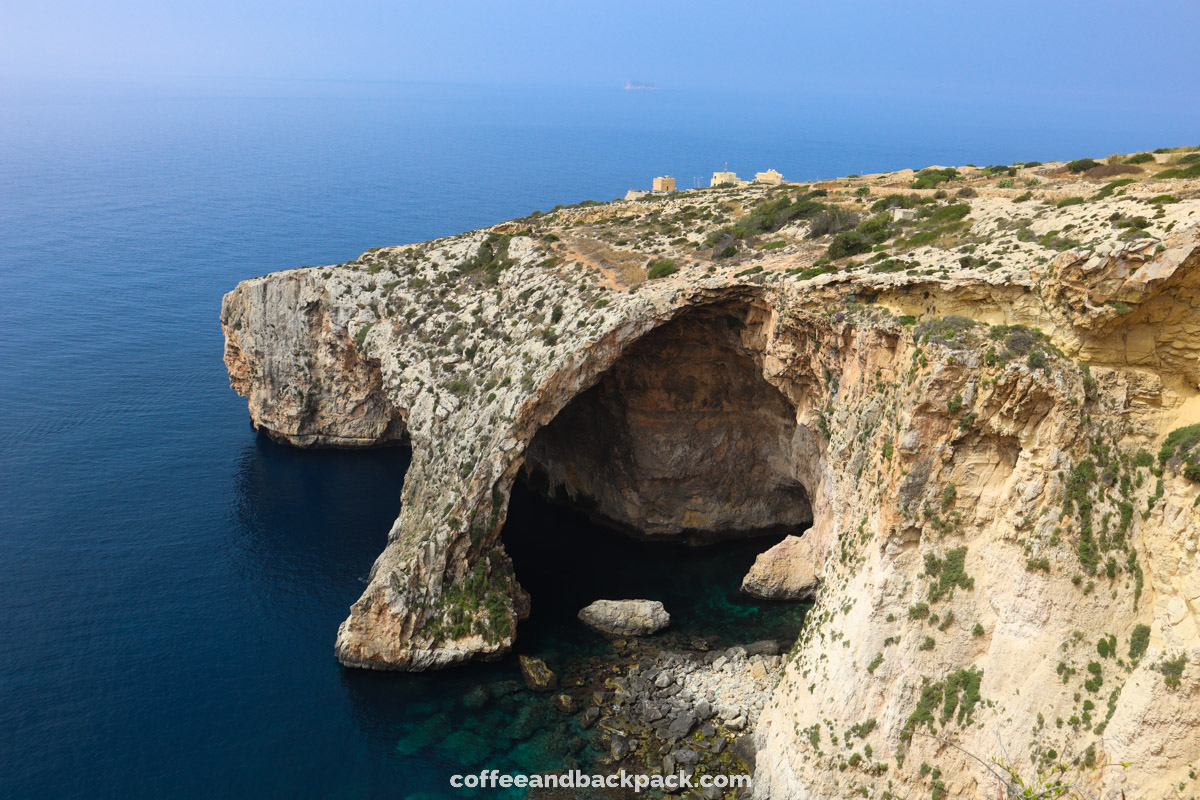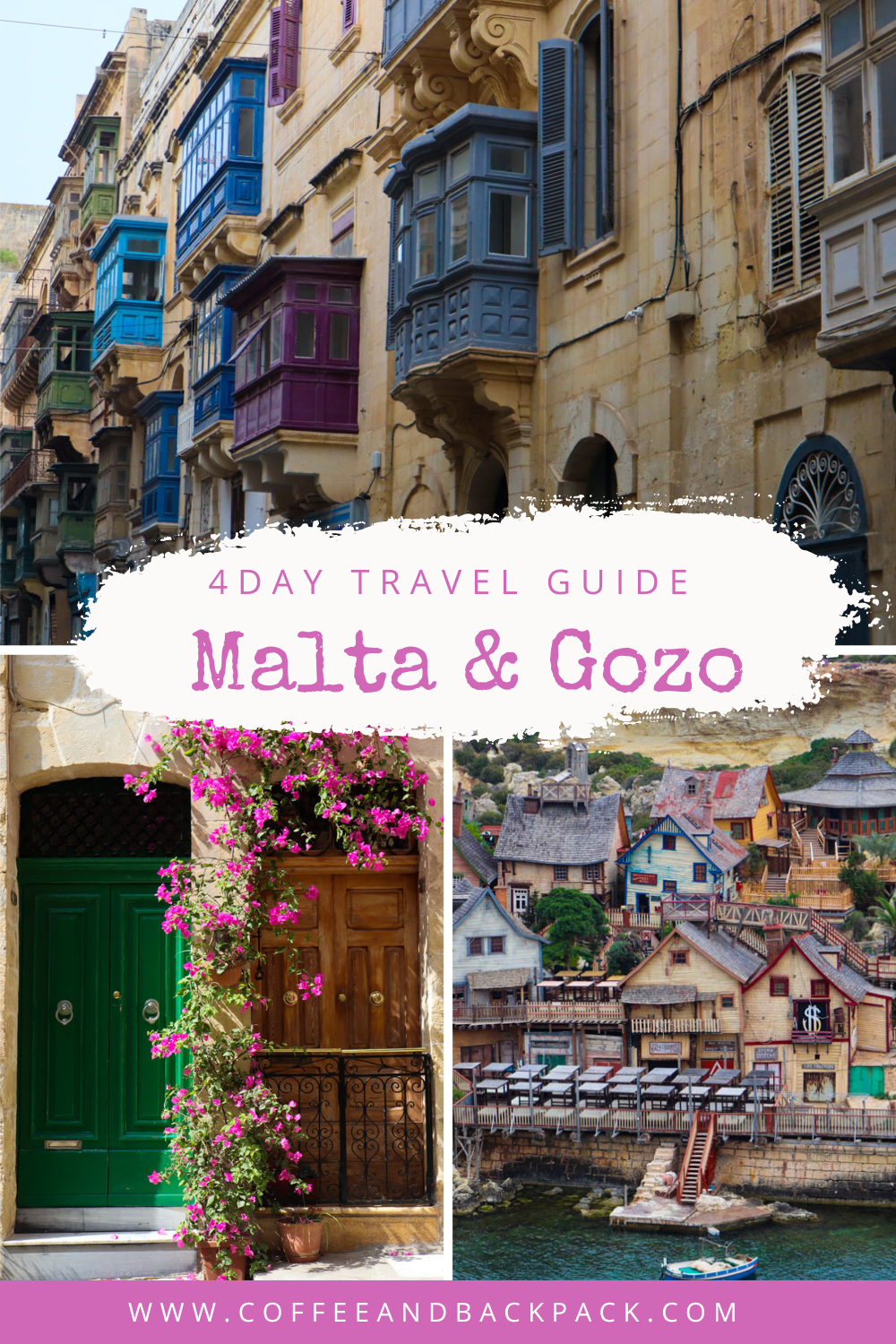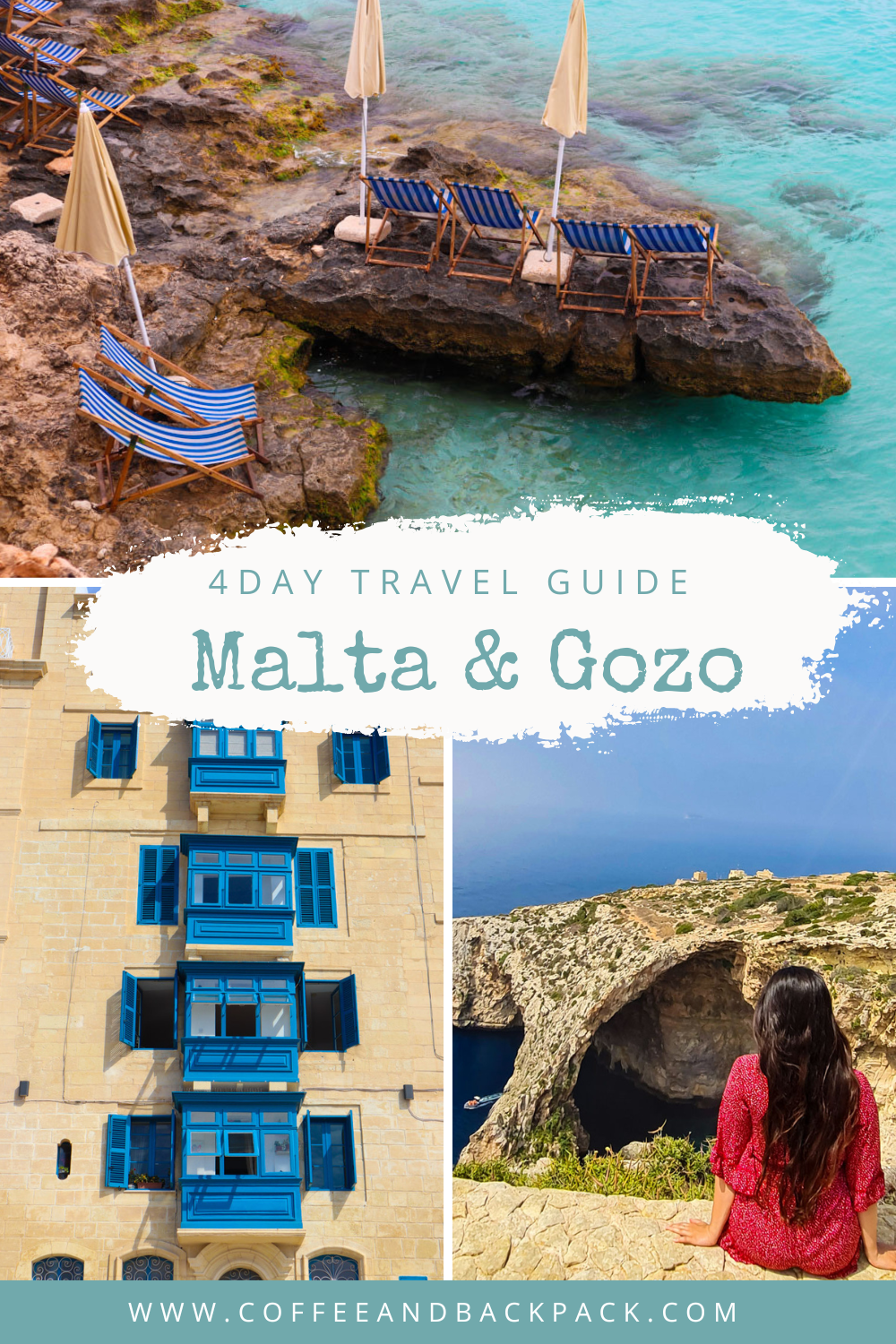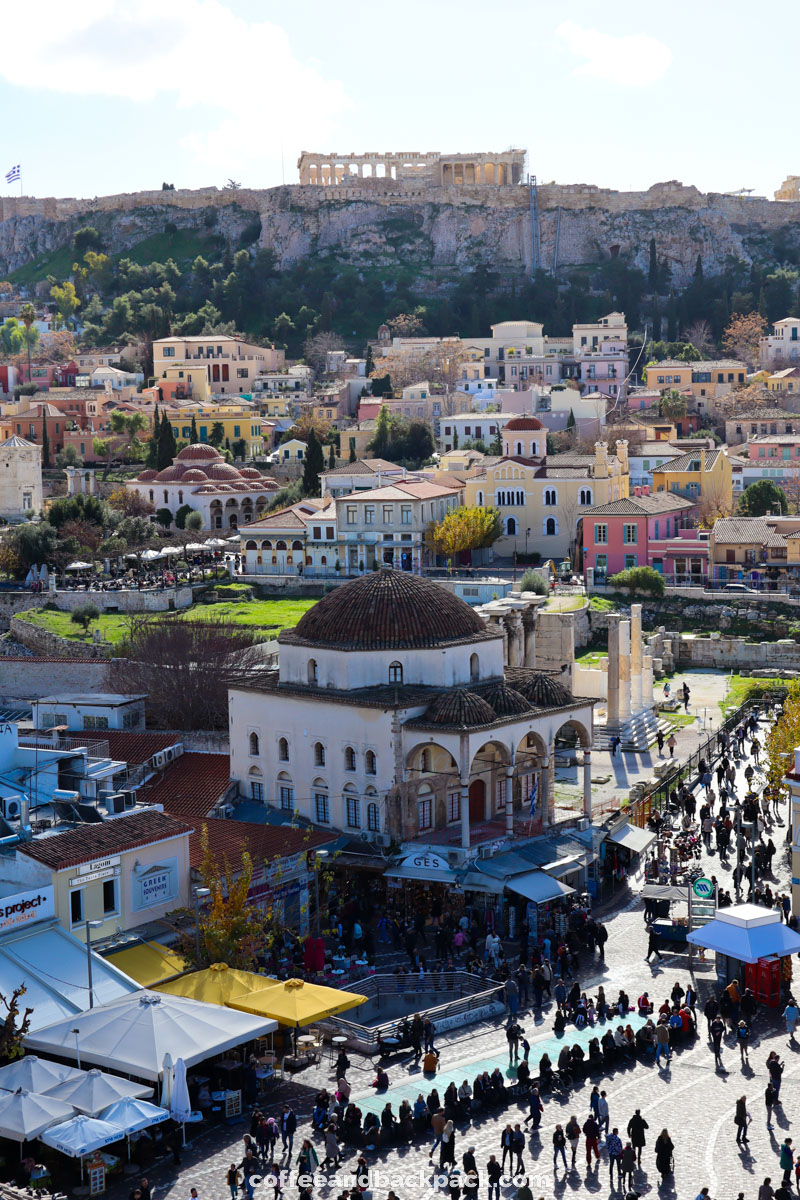Nestled at the crossroads of the Mediterranean, where two continents converge, Malta emerges as an archipelago of incredible architectural, historical and cultural opulence. Not to mention the breathtaking beauty of nature's handiwork from the dramatic Ta Cenc Cliffs on the island of Gozo, to the crystal-clear water of the blue lagoon on the island of Comino.
Follow us on this 4-day itinerary through the islands of Malta, Comino and Gozo.
This itinerary includes a visit to the capital city of Valletta, a tour of the island of Gozo, a getaway to the blue lagoon of Comino and an itinerary around the main island of Malta.
Good to know before traveling to Malta
Currency
The Republic of Malta has been using the euro since 2008. The cost of living in Malta is similar to that of Central European countries, such as Spain or Italy.
Driving in Malta
To visit Malta, we recommend renting a car to drive around the main island and take the ferry to the island of Gozo. However, as Malta gained independence from the UK in 1964, driving on the archipelago is on the left.
If you plan to rent a car in Malta, it's crucial to have insurance, especially if you're not accustomed to driving on the left side of the road. Additionally, it's advisable due to the road conditions, particularly on the island of Gozo, where some roads may not be paved. Given that bodywork and windscreens can be susceptible to damage, having insurance is a wise precaution.
If you intend to travel to the island of Gozo via ferry, it's essential to verify whether the rental company includes this crossing in the rental contract without any extra charges. Some rental companies may impose an additional fee if you plan to visit Gozo, which can significantly inflate the overall cost of your rental. Be sure to clarify this in advance to avoid any unexpected expenses during your trip.
Language
Malta has two official languages, Maltese and English. Italian is also widely spoken on the island.
Where to stay in Malta?
With nearly 1.5 million tourists visiting the archipelago annually, Malta offers a wide array of reasonably priced temporary accommodations to choose from.
If you're keen on immersing yourself in the vibrant Maltese nightlife and savoring the local gastronomy, the city of Valletta or one of the Three Cities makes for an excellent choice for your stay. Notably, Valletta is easily accessible by boat from the Three Cities, and vice versa.
However, if you plan to rent a car for your Maltese adventure, it's advisable to seek accommodation outside of Valletta. Parking can be quite challenging within the capital city. For our suggested itinerary, we've selected the charming town of Żabbar as your ideal base. Żabbar boasts several advantages, including its proximity to the main roads, a delightful ambiance, and a magnificent baroque church as a focal point. Moreover, Żabbar is just a convenient 20-minute drive away from the picturesque St. Pierre natural swimming pool, ensuring easy access for a nice and refreshing swim.
Day 1 - Valletta & The Three Cities
Our journey kicks off with an exploration of Valletta, the charming and compact capital of Malta.
Founded in the sixteenth century, the town is named after its founder, Jean De Valette. With just 6,000 inhabitants, it is home to an impressive concentration of monuments per square kilometer (320 monuments in 55 hectares, according to UNESCO).
Arriving at the magnificent Triton Fountain, proceed through the Valletta Gate (Bieb il-Belt). Remarkably, this gate is a recent addition, having been designed by an Italian architect and completed in 2014.
We recommend commencing your exploration of Valletta with a stroll along its most picturesque streets, allowing you to admire the iconic traditional Maltese balconies. It's nearly impossible not to be captivated by the sight of these rows of vibrant wooden balconies juxtaposed against the city's ochre facades.
Begin your exploration with a stroll along Old Bakery Street, then continue to St. Lucia Street, which is home to charming staircases adorned with several inviting cafés and restaurants. Conclude your walk on St. Paul Street.
The origins of these charming balconies, locally known as Il-Gallarija, remain shrouded in mystery. However, their appeal was so irresistible that they swiftly found favor among the inhabitants of the entire archipelago, even in the smallest villages.
Continue along Merchant Street, one of Valletta's liveliest streets, home to many stores and government ministries, and leading to St. Elmo Fort.
Reach the Magistral Palace and its central square. This is the official residence of the President of Malta.
For lunch, take a break at
Café Cordina next to Magistral Palace Square. This ancient café has the distinction of being the first in Malta to introduce an espresso machine in the 1950s. For us, it's the ideal place to enjoy a coffee while sitting on the terrace, accompanied by
Pastizzi, a traditional Maltese snack made with puff pastry and filled with ricotta cheese.
Café Cordina is also the perfect place to taste Maltese sweet delights such as Imqaret (date-filled cake), honey rings (Qaghaq tal-Ghasel) or Helwa tat tork (walnut and vanilla cake), all prepared on site in the café's basement.
Continue your journey with a visit to St. John's Co-Cathedral, open from Monday to Saturday, welcoming visitors from 9 a.m. to 4 p.m. Stepping inside, you'll be greeted by an interior that is nothing short of breathtaking. Marble floors, bronze sculptures, and intricately painted ceilings adorn every corner, leaving no detail overlooked in the cathedral's resplendent grandeur, a stark contrast to its modest exterior.
In the crypt lies the final resting place of Jean La Valette, the founder of the city. Admission to the cathedral is priced at 15 euros.
Continue on to Saint-Elmo fort, located at the tip of the Xiberras peninsula.
Built in the 16th century to protect the Marsamxett harbor, the fort was ironically attacked and occupied by Ottoman forces shortly after it was completed. Today, the fort is home to the Maltese police academy.
Valletta really is a museum city! If there's one thing I really like about Valletta's architecture, in addition to the traditional balconies, it's the majestic doors of Valletta. These doors are a veritable work of art, meticulously painted and adorned with flowers. In some instances, they bear delightful surprises like door handles fashioned in the form of seahorses or starfish, adding an extra layer of charm to this architectural treasure trove.
Continue through the Lower Barrakka garden, then up to the Upper Barrakka garden a little further on.
The Upper Barrakka garden offers incredible views of Valletta harbor and the Three Cities. It's also a great vantage point for watching the sun set over Malta.
Housed in a former military fort, these gardens were once the private gardens of the Knights of the Order of Malta. Every day at noon, cannons are fired from the Upper Barrakka garden by members of the Malta Heritage Society, dressed in British artillery uniforms.
From the Upper Barrakka Gardens, you have the option to access Fort Lascaris and the port, which serves as the departure point for boats heading to the Three Cities, by taking an elevator ride for just 1 euro.
You can reach the Three Cities with one of the Valletta Ferry Services ferries for 1.50 euros each way, and 2.80 euros return. Alternatively, you can take a traditional Maltese boat for 2 euros each way.
Tip
Ferry timetables to the Three Cities from Valletta are available
here.
The three fortified towns of Senglea, Cospicua and Vittoriosa now form the Three Cities region, and are home to monuments older than the ones you can find in Valletta.
This historically rich and idyllic segment of Malta often remains neglected by tourists, who tend to favor the bustling streets of Valletta. As you wander through the narrow streets of the Three Cities, you'll be immediately struck (and enchanted) by the prevailing serenity and the notable absence of waterfront dining establishments, despite the undeniable potential of this area as an ideal tourism destination.
From the ferry terminal, walk up the quay to reach the war museum, located inside a fort. It is possible to enter the fort without entering the museum, to enjoy the view of the Three Cities.
Then walk down the street to reach the quays of Birgu. The quays offer a pleasant stroll along the many sumptuous yachts to Fort Saint Ange.
Afterward, ascend to the higher grounds and allow yourself to become pleasantly disoriented amidst the labyrinthine inner streets of Birgu and Senglea. Here, you can admire the charming old houses, their ochre hues juxtaposed with vibrant floral facades.
To close this first day in Malta, we recommend having a nice diner in Valletta.
Tip
For a delightful dining experience in Valletta, look no further than
Zizka, a charming traditional Maltese restaurant nestled at the base of Valletta's Basilica of Our Lady of Mount Carmel.
For a final view of Valletta, head for the Belvedere Bridge located in the city of Tigné. This viewpoint is easy to reach by car, but also by ferry, thanks to the boats that connect Valletta and Sliema.
Located in the modern part of Malta, between shopping malls and new districts, this vantage point offers a panoramic view of the city of Valletta.
Day 2 - Discovering Gozo
This second day in Malta is dedicated to the beautiful island of Gozo, the archipelago's second largest island.
Gozo has a population of 39,000 and is easily accessible by ferry from the town of Cirkewwa.
We took the ferry with the Gozo channel company. The crossing takes just 25 minutes. You don't need to pre-book, just turn up at the port, join the car queue and get on the ferry. Payment is made on the return crossing to Malta.
A ferry leaves Malta and Gozo approximately every half-hour throughout the day and night.
Tip
You can check the ferries timetable for Gozo on this
site
The ferry arrives in the port of Mgarr, from where you can easily join the main roads of the island.
We recommend starting your visit to Gozo on the west side of the island, at Dwejra Bay. Beware, indications to get to the bay are not always super clear, and the road to get there is not paved.
There are several points of interest in Dwejra Bay, starting with Fungus Rock and the blue hole. At 15 meters deep, the blue hole is only accessible to divers. If you're a keen diver, you can descend with a guide who can be booked on site.
The next stop on this route is the Wied Il-Mielah arch, located in the valley of the same name. The road to access it is a little narrow and it's difficult, but not impossible, to pass another vehicle arriving in the opposite direction. The arch can be reached by following a path and then a staircase just five minutes from the parking lot. The staircase is very narrow and you'll have to be patient to take your photo of the arch if the area is busy. A cliff-side path leads to the cliffs of Gozo's north-western face. The crystalline blue waters at the base of the arch can also be seen on numerous locations across the Maltese archipelago.
Another arch, called the Azure Window, was Gozo's best-known arch until it unfortunately collapsed in 2017 following a storm.
Retrace your path as you make your way to the next point on this itinerary, the Ta'Pinu Basilica also known as the Ta' Pinu National Shrine in Għarb. This basilica has been a major Maltese pilgrimage site since 1883, when the Virgin Mary is said to have been heard inside a chapel. Several miracles are said to have occurred here, leading to plans to build a sanctuary, later recognized as a basilica. Visited by several popes, this basilica is an imposing religious edifice in the middle of the rugged and picturesque landscapes of the island of Gozo.
Admission to the basilica is free.
Press forward to your next destination, Wied Il-Għasri, a natural wonder where the sea meanders through the valley, carving a picturesque paradise adorned with lush greenery and sapphire waters. Follow the staircase that descends to a tranquil pebble beach from which you can swim through this natural corridor towards the open sea. As you embrace the serenity of this beautiful place, do keep an eye out for the presence of jellyfish.
Just 5 minutes away by car, visit the Marsalforn saltpans. These rock-cut salt pans are 10 kilometers long. Salt is still harvested here today, but only in small quantities, and some of it is sold just across the road.
Tip
For a nice swim, take a break at Marsalforn beach or Ramla Bay beach. Not far from Ramla beach is the Tal-Mixta cave, a popular spot with pictures.
After exploring Gozo's north coast and its natural treasures, set off to discover the island's main town, Victoria.
Built around a hill, the town is called Ir-Rabat by the Maltese. The name Victoria was given to the city only in 1887, and after Queen Victoria.
Start your visit to Victoria with a tour of the citadel. Historically, the citadel of Victoria is believed to have once served as the acropolis of an ancient Roman city. Sadly, the citadel's imposing walls did not withstand the Ottoman invasion.
Access to the citadel is free. Take the time to walk around the fortification walls for a breathtaking view of the plains of Gozo, the town of Victoria and the citadel itself.
The citadel is home to several historic buildings, including the Cathedral of the Assumption of Gozo, which you can admire as you enter the citadel.
Continue your tour of Victoria with a visit to St. George's Basilica. Stop for a drink in the square in front of the cathedral, before wandering through the narrow streets around it.
Finally, to round off your day in Gozo and before catching the ferry back to Malta, drive to the south-west of the island to admire the sunset over the cliffs of Ta Cenc.
A parking area along the road marks the start of the path leading up to the cliffs. It's about a 15-minute walk to the viewpoint over the 120-meter-high limestone cliffs.
If you have a little more time on the island of Gozo, you might want to visit the temples of Ggantija. Their construction is estimated at 3600 BC, making this site the oldest human construction in the world. These megalithic temples are open to visitors every day from 10 a.m. to 6 p.m.
Day 3 - Popeye Village, Coral Lagoon & Comino island blue lagoon and the city of Mdina
This third day in Malta begins with the discovery of an unusual village in the north of the island. It's called Popeye Village. Erected in the 80s for the filming of a musical, this village is now a popular tourist attraction, and can be visited daily between 9.30am and 6pm.
From the road leading to the village, you'll have a great viewpoint from which to take photos. Be careful though, as the cliff is fragile and prone to landslides, a fence may block your view.
A 10-minute drive from Popeye village is the Coral lagoon. This is a real hidden treasure on the island of Malta. A hole has formed naturally in the cliff, offering milder temperatures that are ideal for coral growth. With its azure blue water, Coral lagoon is a paradise for divers and kayakers. You can swim there, however you can't jump off the cliff. The locals we met told us that this is not recommended, and a tourist who jumped off the cliff unfortunately lost his life there in 2022.
The Comino ferries pier is just an 8-minute drive from the Coral Lagoon.
Park next to the Labranda Riviera hotel, then board one of the Comino ferries to reach the Blue Lagoon on the island of Comino.
Tip
Timetables for boats to and from Comino are available on
this website.
The boat takes a detour along the cliffs of the island of Comino to show the various caves, before reaching the blue lagoon.
The reality mirrors the images you've likely come across online, with the water displaying a mesmerizing shade of turquoise and a remarkable transparency. There's a small sandy beach for swimming, as well as several ladders along the rocky shore that offer easy access to the crystal-clear waters. If you opt to arrange your journey to Comino through a tour operator, you might even have the thrilling opportunity to take a leap into the lagoon from a more spacious boat, surpassing the size of Comino Ferries' boats.
However, one caveat to this heavenly spot is the absence of absolute tranquility. Upon the arrival of boats, the lagoon transforms into a lively scene, with numerous food trucks setting up shop. As a result, be prepared to be welcomed by a strong smell of fried food and loud music. While this vibrant atmosphere might appeal to party enthusiasts, it may not be as delightful for those who seek the lagoon as a peaceful and unspoiled sanctuary, untouched by civilization.
Apart from the Blue Lagoon, there are no other points of interest on the island of Comino. So make sure to enjoy a lovely swim in the crystal clear waters of the lagoon before returning to Malta.
Upon returning to Malta, set your course for the historic town of Mdina. Often referred to as "the silent city," Mdina carries the legacy of being Malta's ancient capital, with a history dating back over 4000 years. Distinguished by its serenity, pristine streets, and a strict pedestrian-only policy, Mdina provides an idyllic setting for leisurely exploration through its labyrinth of narrow alleyways. This enchanting city offers a visual feast of colorful doors, bougainvillea in full bloom, and the iconic traditional balconies that epitomize Malta's timeless charm. For fans of the epic series Game of Thrones, the gateway to Mdina's old town may evoke a sense of déjà vu, as it served as a filming location.
Wrap up your day with a lovely dinner in Valletta or Mdina.
Day 4 - St Peter’s pool, Marsaxlokk & The Blue Grotto
The day begins with a swim in one of Europe's most beautiful natural pools, St Peter's Pool. To get there, let your GPS guide you to the St Peter's pool parking lot. You'll see a small path leading down to a bar. It takes you right up to the cliffs.
The more adventurous will jump straight into the azure water from the cliff. Those seeking a gentler entry can make their way into the pool from the far end using a convenient ladder. This picturesque oasis is a beloved destination for both locals and tourists, drawing in snorkelers and open-water swimmers alike. To savor the full experience, it's advisable to arrive early and maximize your time at this spot.
After an early-morning swim, head for the town of Marsaxlokk, where the market is in full swing every day except Monday, from 8.30am to 2pm.
We believe anything that swims can be found on this market! Here, an array of fish, diverse shellfish, and a medley of octopus varieties are on display, complemented by a selection of locally-crafted jams and delicious pastries.
Marsaxlokk is also the ideal place to see traditional Maltese boats up close. Known as luzzu, these gondolas are painted blue, green, red and yellow, and bear the Phoenician eyes that are supposed to protect them from the vagaries of the sea.
Follow the road to the Blue Grotto.
The Blue Grotto is one of Malta's many natural treasures, and for us by far the most impressive of all. The cave is famous for its azure blue waters, whose colors are accentuated by the sun's reflections, but for us, it's the shape of its perfectly rounded arch that made the biggest impression.
It's possible to visit the cave by boat from the port of Wied iz-Zurrieq, or from the viewpoint called Iź-Źurrieq (Blue Wall and Grotto Viewpoint).
To finish this itinerary in Malta, follow the road to reach two viewpoints on the cliffs. The first is the Dingli cliffs, just 10 minutes from the Blue Grotto viewpoint. The second is the Miġra l-Ferħa viewpoint.
Like this article? Save it on Pinterest!
